6,091m/19,978ft
MAX-ALTITUDEWestern Region, Nepal
LOCATIONGROUP-SIZE
Minimum 02 paxDIFFICULTY
StrenuousIts western end is guarded by huge rock slabs, which make climbing quite a bit difficult. A German Expedition made the first ascent of Pisang Peak in 1955. During the climb of this peak, one experiences the Manang valley, Mount Annapurna, Dhaulagiri, and other Mountainous beauties.
The Pisang peak climb journey passes through a classical annapurna trekking route, so this trip is a mixture of both climbing and trekking experience for visitors.
Why Pisang Peak Is the Perfect First 6,000 m Adventure
If you’ve trekked in the Himalayas and are craving your first real mountaineering challenge, Pisang Peak hits that sweet spot. It’s high enough to be truly rewarding (over 6,000 meters), but doesn’t demand extreme technical skills. With manageable snow slopes, fixed ropes in steeper sections, and expert guides by your side, it’s an ideal “starter summit.”
Add to that the cultural richness of the Annapurna Circuit – Gurung villages, yak pastures, and Buddhist monasteries—and you’ve got a life-changing Himalayan experience that feels both accessible and epic.
Insider Tips for Managing Altitude on Pisang Peak
Altitude can be a deal-breaker if you ignore it—or a non-issue if you respect it. One of the best things you can do? Hydrate early and often. Ginger tea in the mornings, soup-based dinners, and 3+ litres of water a day. Don’t rush the trail – especially around Manang and Pisang—and always listen to your guide’s pacing suggestions.
Keep energy levels stable with frequent snacks, and consider carrying altitude meds like Diamox if recommended by your doctor. Lastly, stay mentally prepared: fatigue is normal, but with a steady rhythm, most healthy trekkers make it to the summit.
Itinerary
Arrival in Kathmandu
On arrival in Tribhuvan International Airport meet, assist and transfer to the Hotel.
In the evening there is a pre-departure trip briefing and well dinner
Overnight at the Hotel.
Drive to BesiSahar (823m) and to Ngadi (792m).
After breakfast, depart from the hotel in Kathmandu for our travel of some 6 hours by car covering 173 kilometres or so from the capital, Kathmandu, to the village of BesiSahar, where the trek begins.
After a nourishing lunch, continue driving to BesiSahar (823 m) which is the capital town of Lamjung district. Till recent times this commercial town of 2000 people was known as Besigaon. However, since the opening of the road to Manang, in the late seventies, the village became a compulsory stop over for those who go trekking around the Annapurna and was renamed Besi sahar. There are several administrative offices here, as well as post-offices and a police check-post where your trekking permit will be examined for the first time.
Although there is a seasonal road from BesiSahar to Ngadi which takes about an hour, it saves us 4-5 hours of trekking as the trail takes us through the District Forest Office and ascend for about 150 meters towards Pam Khola (River) and up beyond Sanuti village and Bhalam village after which we cross the Khudi Khola on a suspension bridge to reach the first Gurung Village of Khudi (792m) from where it is another one thirty minutes to Ngadi where we shall stay overnight at Lodge.
Dinner and overnight at a lodge in Ngadi.
Trek to Jagat (1,340m) – 5 hours.
After breakfast, we start by moving north up to a suspension bridge crossing the Nagdi Khola.
At this point, the track on the right leads to the village of Utsa. The path going up towards Marsyangdi leads to the village of Lampata in the Manang District. The climb is quite steep and it takes about two hours to reach Bahundanda, a village sitting on the headline at a height of 1314 meters. Bahundanda means “Brahman’s hill” which explains the origin of the people. We stop here for lunch and to enjoy the view of Mount Phungi (6379m), towards the North.
From Bahundanda, after lunch, a steep descent for about thirty minutes brings us to the Dhule Khola and crosses over to the village of Besi. In about an hour’s time we see the magnificent waterfall at Syange-1136m flowing from the high plain hamlet of Ghulima. From here it takes about two hours to reach Jagat, a village along the ridge at a height of 1340m.
Dinner and overnight at teahouse in Jagat
Trek to Dharapani (1,943m) – 5 hours.
We will be reaching bhatti in about forty-five minutes and ascend in the morning from where it takes thirty minutes to reach the village of Chamje at 1433m. Further from Chamje, it takes about one hour to reach the hamlet of Sattare or ‘top of the hill’ in Tibetan dialect. We take our lunch here since it’s the best spot to lunch at.
The uphill walk begins after lunch for about an hour through a bamboo forest and along the top ridge of the hills, finally to reach Tal set amidst broad valleys at a height of 1707 meters. Tal is Nepali for ‘lake’. It takes two hours forty-five minutes from Tal to reach Dharapani (1943m), which is a ‘stream’.
Dinner and overnight at a teahouse in Dharapani.
Trek to Chame (2,713m) – 6 hours.
It takes 45 Minutes to reach the village of Bagarchap (2164m), which literally means ‘the river bank’. It stands as a bar between the marshy valleys on the south to which we pass and the dry region of the Marsyangdi high. And it is clear that it is a part of the world where the influence of the monsoon is minimal as the landscape itself has changed. From the Bagarchap, it’s an hour’s journey to climb the hamlet at Dhanagya (2300m). Here we have lunch.
After lunch, it takes us about 2-½ hrs to 3 hrs through the hamlet of Thanchock and Besi Salla, which means “the Garden of Pines”, to reach Kodo, also called Koto, meaning ‘Millet’ and then to the village of Kyupar (2600m).
Outside the village a police check post controls the passess to the Nar Phu Khola Valley which leads to Tibet. We have to show our trekking permits here again before proceeding to Chame (2713m), the District Headquarters of Manang District, which is another forty five minutes away.
Dinner and overnight at a teahouse in Chame.
Trek to Upper Pisang (3,700m) - 5 hours.
We follow the river upstream and reach the village of Bratang (2919m), whose inhabitants are mainly Tibetan. We stop here for a hearty Lunch. En route, we pass through a splendid pine forest with views of Lamjung and Annapurna II and IV.
We continue upwards through the pine forest, crossing over the Marshyangdi River again on top of Dhukur Pokhara for lunch. After lunch climb slowly towards the Upper Pisang village (3,700m)
Dinner and overnight at a teahouse in Upper Pisang.
Acclimatization day
Free day in Upper Pisang for rest and acclimatization.
Dinner and overnight at teahouse lodge.
Trek to Pisang Peak Base Camp (4,380 m)
After breakfast we will start our Climb towards Base Camp. The path ascends through sparse wood and pasture to a Kharka and takes around 5 hrs.
Dinner and overnight at Camp.
Trek to High Camp (5,400 m)
Today, we climbed to High Camp and established our high camp at an altitude of 5,400m. There will be seasonal snow at High Camp.
Dinner and overnight at Camp.
Climb to the summit of Pisang Peak and descend down to Base Camp.
Today is a very early wake up for the summit. Our team will support us to fix the rope wherever it is needed. After the summit starts descent down to the High Camp and to Base Camp.
Dinner and overnight at Camp.
Trek to Manang (3,530m) – 4 hours.
After breakfast, walk down to Pisang Village and continue trek towards Manang village via Hunde. After lunch at Hongdae, the valley widens, and we get to see the Annapurnas III and IV (7555m and 7525m) on the left and East and West Chulus (6584m and 6419m) on the right.
Towards the horizon, the views of the highest peak of Mount Thorung (6481m) appear, and towards the east, the crown of Mount Pisang. From Hongde, we ascend up the historic village of Braga (3505m). We will take an opportunity to explore Braga to see this fascinating village with its flat roofed houses and to visit the Gompa; not only the biggest in the area but also the most wealthy with its fine array of Thangkas (religious scroll paintings) and prayer books. It is only forty-five minutes from here to Manang, which is on the plateau at 3530 meters.
Dinner and overnight at trekkers lodge.
Trek to Thorong Phedi (4,220m) via Lattar (4,250m) - 7 hours.
After leaving Manang the path climbs up till we reach the hamlet of Tengi (3642m). From here it takes about an hour to reach Gunsang (3850m). From here it’s another one hour forty-five minutes uphill to Lattar 250m) for lunch. After lunch it is about 2/3 hours to reach Thorong Phedi means ‘foot of the hill”
Overnight at Tea house lodge.
Trek to Muktinath(3,802m) over Thorung la pass(5,415m) - 7~9 hours
Early morning wake-up and start ascending to Thorung la pass. We have to cross about twenty hills on the way to reach Thorong la the summit at 5,415 meters and take approximately 4 hours to make the main pass from Thorung Phedi. But if the previous night we had spent the night at High Camp, it would take about 2~3 hours.
On the upward way, one gets to see a lot of prayer flags, many cairns or small heaps of rock. From the top we get to see the Yakgawa Kang or Thorungse (6481m) to the north and Khatung Kang (6484) to the south and the Annapurnas along with the Gangapurna to the southeast. In the horizon to the west, Dhaulagiri (8169m) and Mount Tukuche (6920m) are also visible.
From the summit the descent to Muktinath (3802m) takes about three hours and the difference in altitude is 1600m. There will be another check post from where we will be able to present our trekking permits.
Dinner and overnight at lodge in Muktinath
Trek to Jomsom (2,713m) - 4~5 hours.
Passing the hamlet of Ranipauwa, near Muktinath, the village of Jharkot (3612m) is populated mostly by Tibetans. Leaving rocky terrain and horse caravans, it takes about two hours to reach Kagbni (2807m).
It will take us about two –three hours from Kagbeni which is also the administrative headquarters of the region to reach Jomsom(2713m). Here there is an airport with regular flights to Pokhara, a bank, post office, hospital and a few hotels.
Dinner and overnight at a hotel in Jomsom.
Fly to Pokhara.
After an early breakfast transfer to the Jomsom Airport to board a 20 minutes flight to Pokhara and transfer to the Fishtail Lodge at the Pokhara lakeside for refreshment and rest. Spend a free afternoon relaxing around the lakeside bazaar in Pokhara and enjoy a hearty meal.
Overnight at a hotel in Pokhara.
Drive or Fly to Kathmandu.
After breakfast it starts at 6/7 hrs. drive to Kathmandu or transfer to the Airport to board the flight to Kathmandu.
Overnight at the hotel.
Free Departure.
Free until final departure transfer to Kathmandu International Airport.
Got any question or Inquiries about the trip ?
In the morning after breakfast go for a walk and later return for lunch. After lunch the guest are free to rest.
Inclusions
Cost Includes
- Nepal Mountaineering Association Pisang Peak Climbing Royalty fees.
- NMA licensed Climbing Guide equipment fees and daily allowance.
- All necessary climbing Equipment except personal.
- Trekking and climbing logistic Arrangement as per Itinerary inclusive of all meals (breakfast, lunch and dinner), accommodation in best available Teahouses/Trekkers Lodges.
- Camping arrangement in Base Camp / High Camp inclusive of all necessary tents, mattresses, food, fuel etc.
- Annapurna Conservation Area Project Fees.
- Trekking Information Management Service fees.
- Services of an experienced guide along with strong and reliable porters to carry Climbing equipment.
Cost Excludes
- International airfares and airport departure taxes.
- Domestic Airfares (Quoted separately)
- Hotel / Airport / Hotel transfers in Kathmandu and Pokhara.
- Refundable Garbage deposit (Quoted separately)
- Hotel accommodation in Kathmandu and Pokhara.
- Nepal entry visa fees.
- Meals while staying at a hotel in Kathmandu.
- Items of a personal nature such as bar bills, telephone calls, laundry, mineral water, extra mileage and any extra costs incurred due to natural calamities, flight delays etc.
- Comprehensive Travel Insurance or "Umbrella Insurance" covering illness, hospitalization, travel medicines, loss of valuables, thefts, change of itinerary, flight and tour cancellations due to unavoidable circumstances and most of all Emergency Helicopter Charter for evacuation.
- Items not specified in the above in "costs include column"
Availability
Book this trip with us from the following dates. For Custom Trips or general inquiries, Contact Us.
Departure Date
Availability
Action
Dec 07 (Thursday)
49 Slots left
Dec 08 (Friday)
20 Slots left
Dec 09 (Saturday)
50 Slots left
Dec 10 (Sunday)
100 Slots left
Dec 11 (Monday)
200 Slots left
Equipments
Mountaineering boots (rigid sole)
Crampons Ice axe Harness + carabiners
Helmet
Down jacket
Waterproof jacket and pants
Warm gloves and hat
Headlamp with spare batteries
–20 °C sleeping bag
Sunglasses (UV400)
30–40 L daypack
Gaiters
Lightweight camp shoes
Portable water filter
Power bank
Trekking poles
Neck gaiter
Favorite snacks or electrolyte powders
Reviews
Frequently Asked Questions
Most Pisang Peak expeditions last between 15 and 16 days, though some itineraries stretch up to 19–21 days to allow for more gradual acclimatization and side trips along the Annapurna Circuit. The itinerary typically includes travel days, trekking, acclimatization stops, summit push, and return.
Pisang Peak is considered a moderately difficult trekking peak, making it suitable for climbers who are physically fit and comfortable trekking at high altitude. You don’t need advanced technical climbing skills, but basic use of crampons, harness, and ice axe is helpful. First-time climbers are welcome, especially under the guidance of certified Sherpas.
The most popular times to climb Pisang Peak are spring (March to May) and autumn (September to November). These months offer clear skies, stable weather, and optimal trail conditions. Winter climbs are possible but far more challenging due to snow and cold, while the monsoon season brings heavy rain and risk of landslides.
You’ll need two key permits:
-A Nepal Mountaineering Association (NMA) climbing permit
-An Annapurna Conservation Area Permit (ACAP)
Permit costs vary by season, with higher fees in spring and lower in winter. Most trekking agencies will handle the paperwork on your behalf.
The route usually begins in Kathmandu, then heads by jeep or bus to Dharapani. From there, you follow the Annapurna Circuit trail through scenic villages like Chame, Pisang, and Manang. After adequate acclimatization, you set up base camp at around 4,100 m, then climb to high camp, before attempting the summit of Pisang Peak (6,091 m). The return trek follows the same route or can loop toward Jomsom or Thorong La, depending on your schedule.
Altitude sickness is a real risk, so acclimatization is built into the itinerary. Most treks include rest days in Manang and Pisang, and follow the “climb high, sleep low” principle. Drinking plenty of water, eating well, ascending slowly, and listening to your guide are all crucial for staying healthy at altitude.
During the approach, you’ll stay in local teahouses offering simple twin rooms and hearty meals like dal bhat, noodles, and soups. Above Base Camp, accommodation shifts to tented camps, where the expedition team provides cooked meals and essential support for the summit push.
For the lower trekking section, pack layered clothing, a warm sleeping bag, trekking poles, and good hiking boots. For the summit, essential items include mountaineering boots, crampons, ice axe, harness, helmet, insulated down jacket, and thermal layers. Don’t forget high-SPF sunscreen, sunglasses, and a power bank to keep your gear charged.




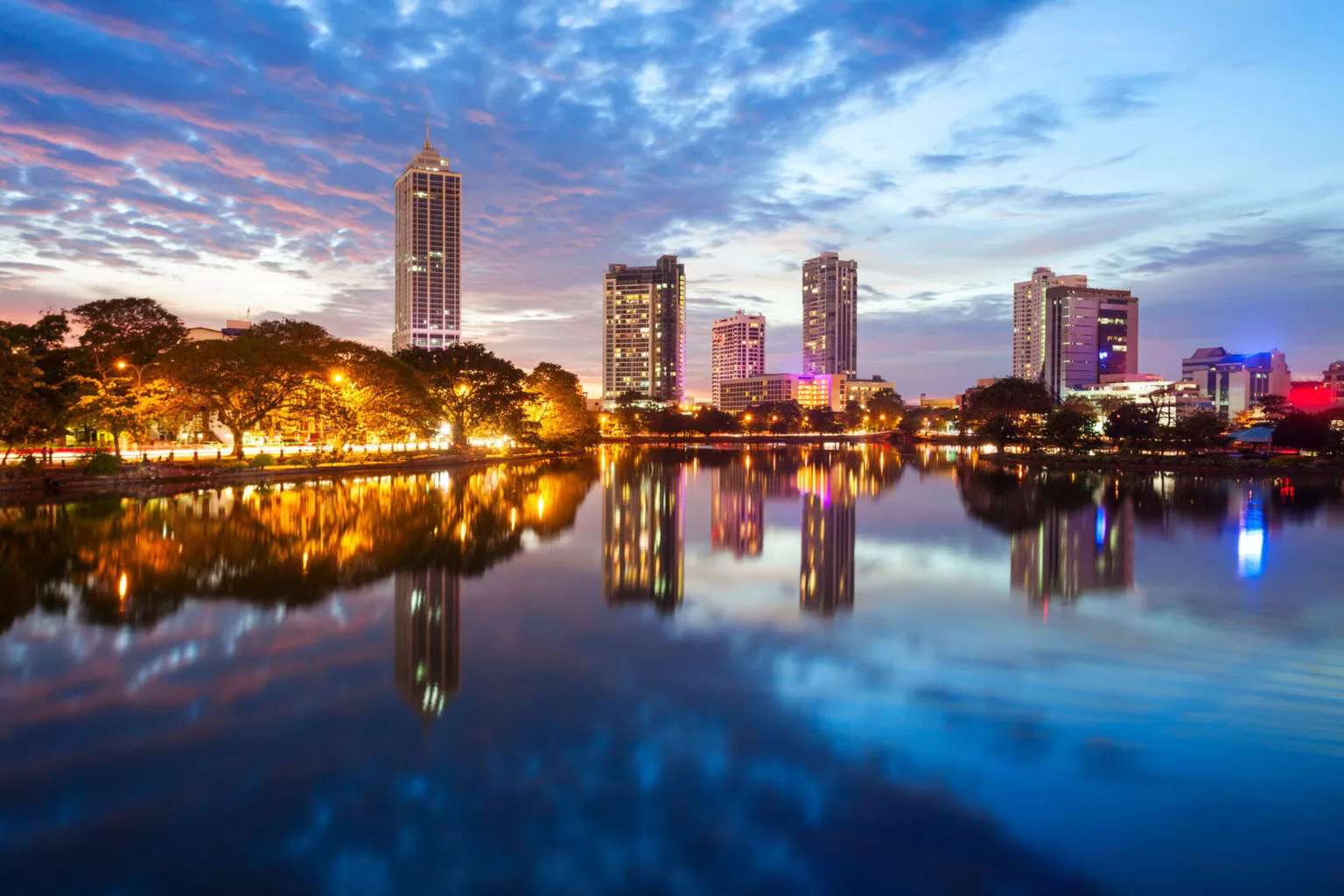
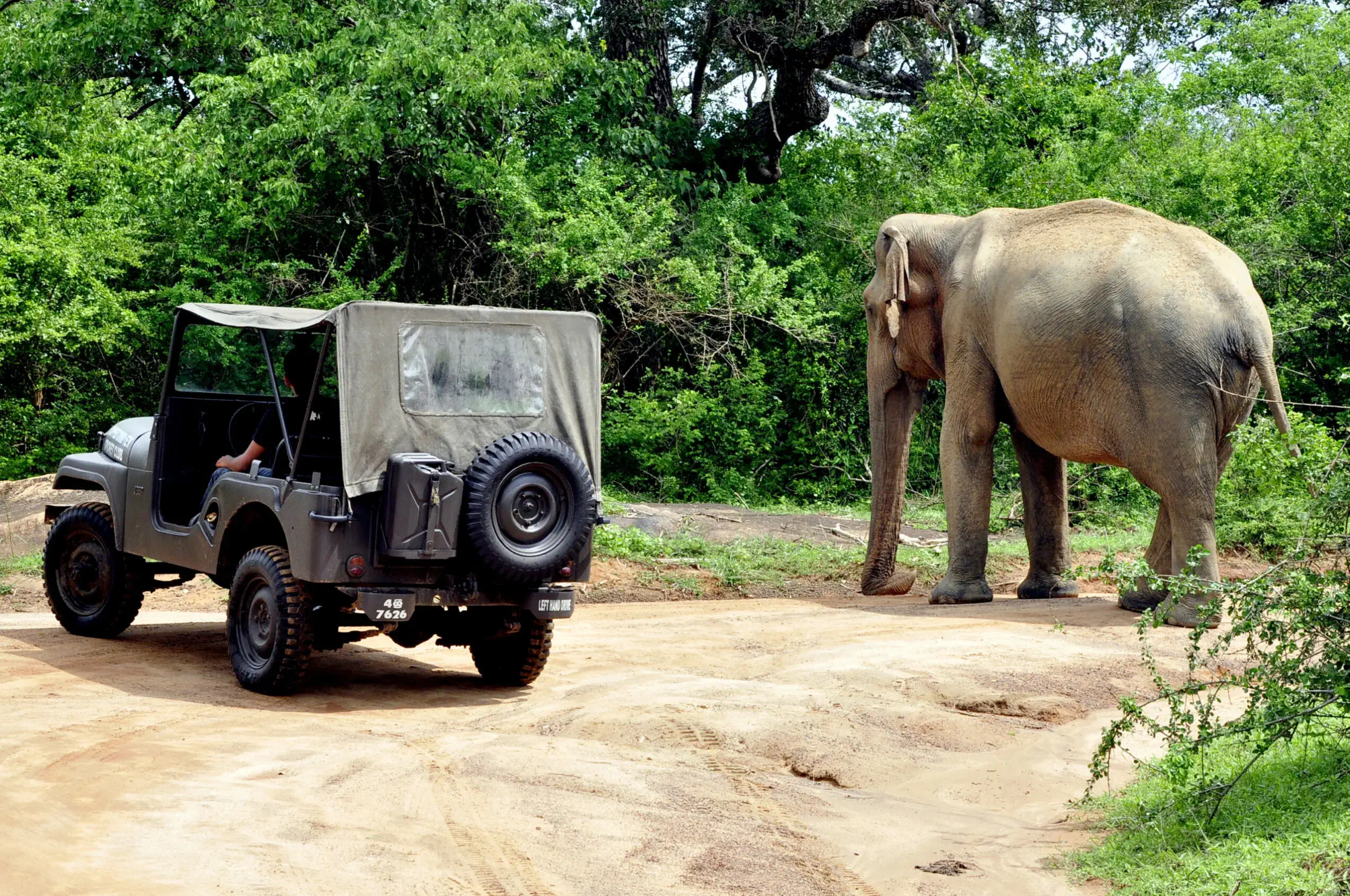
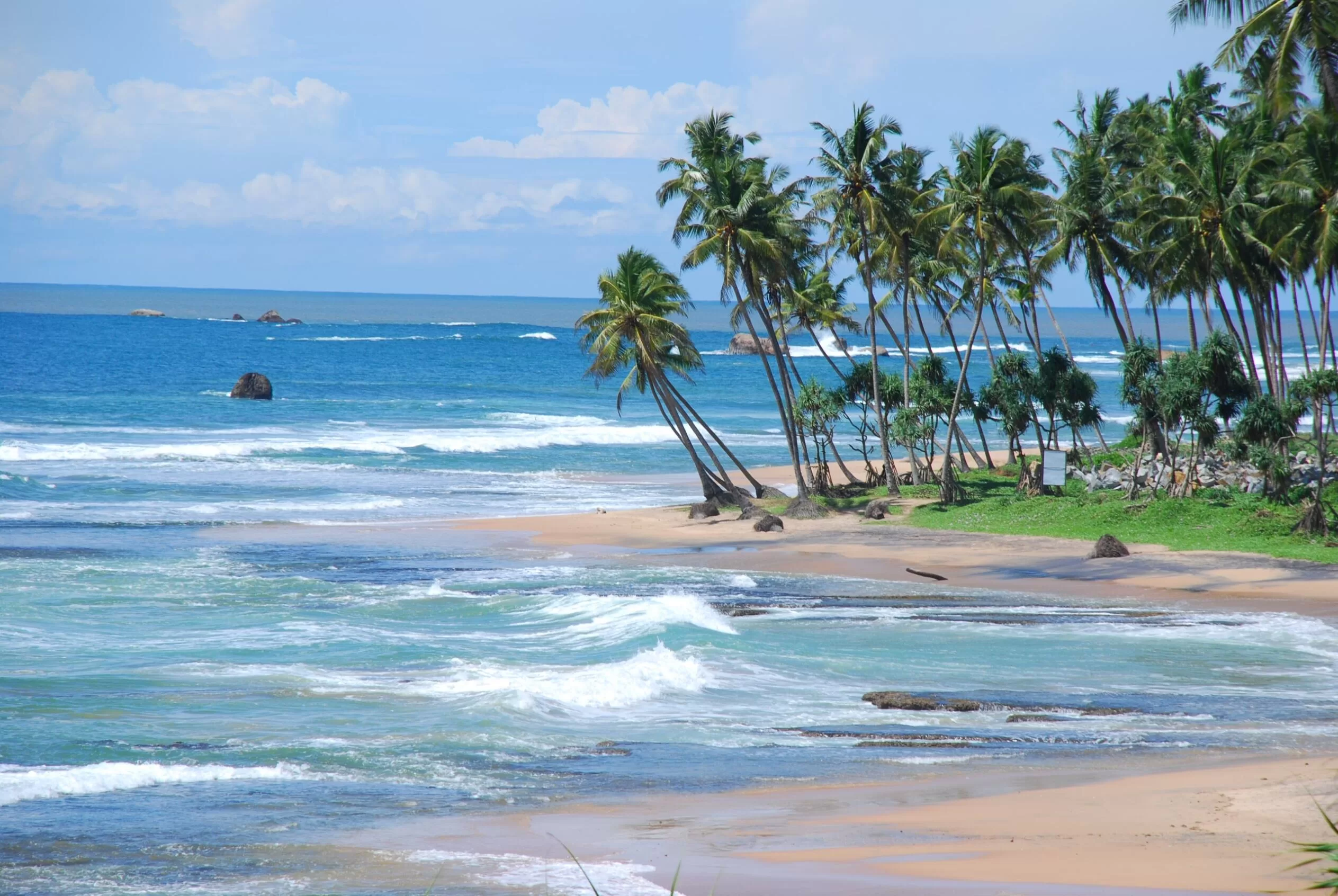
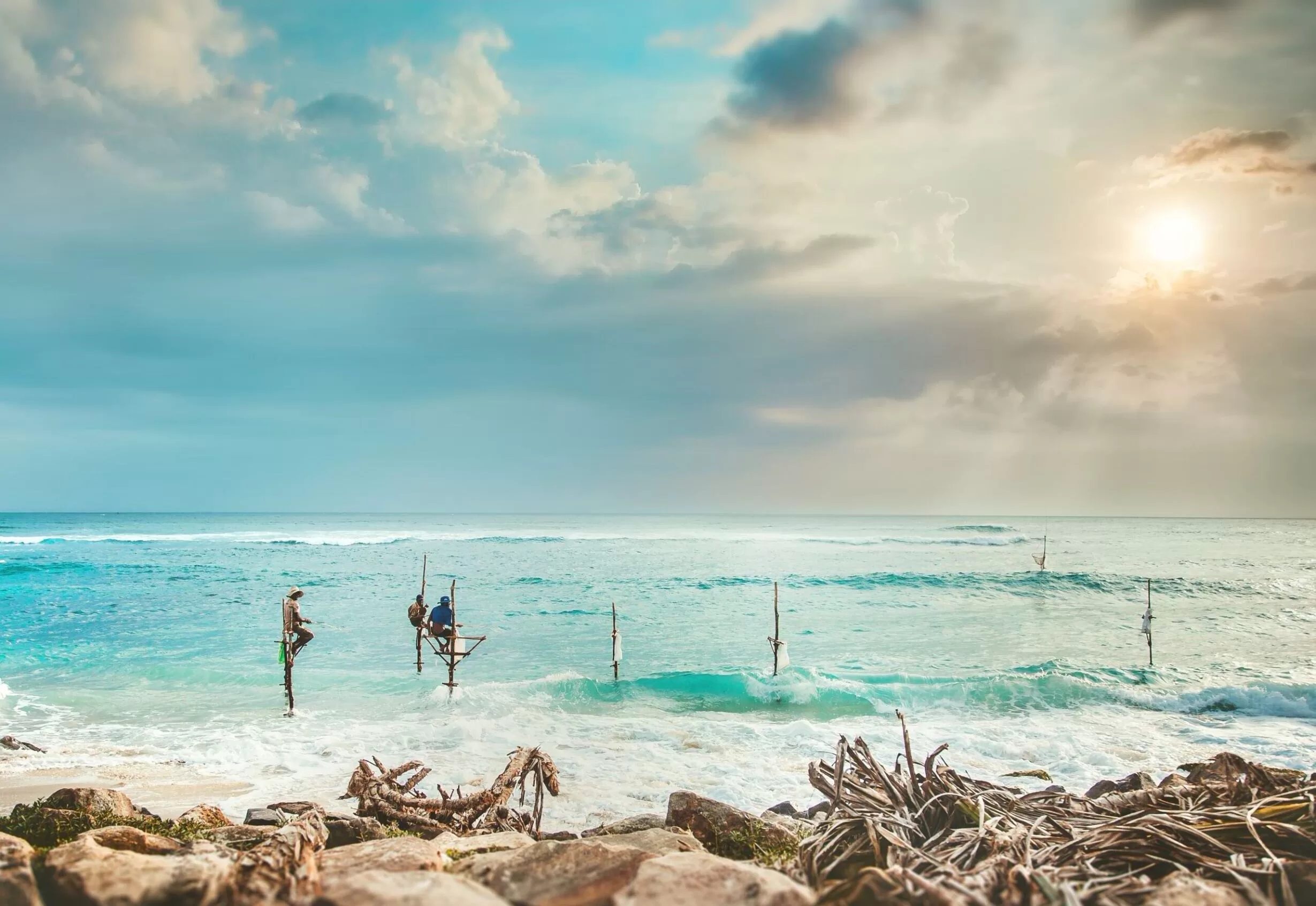
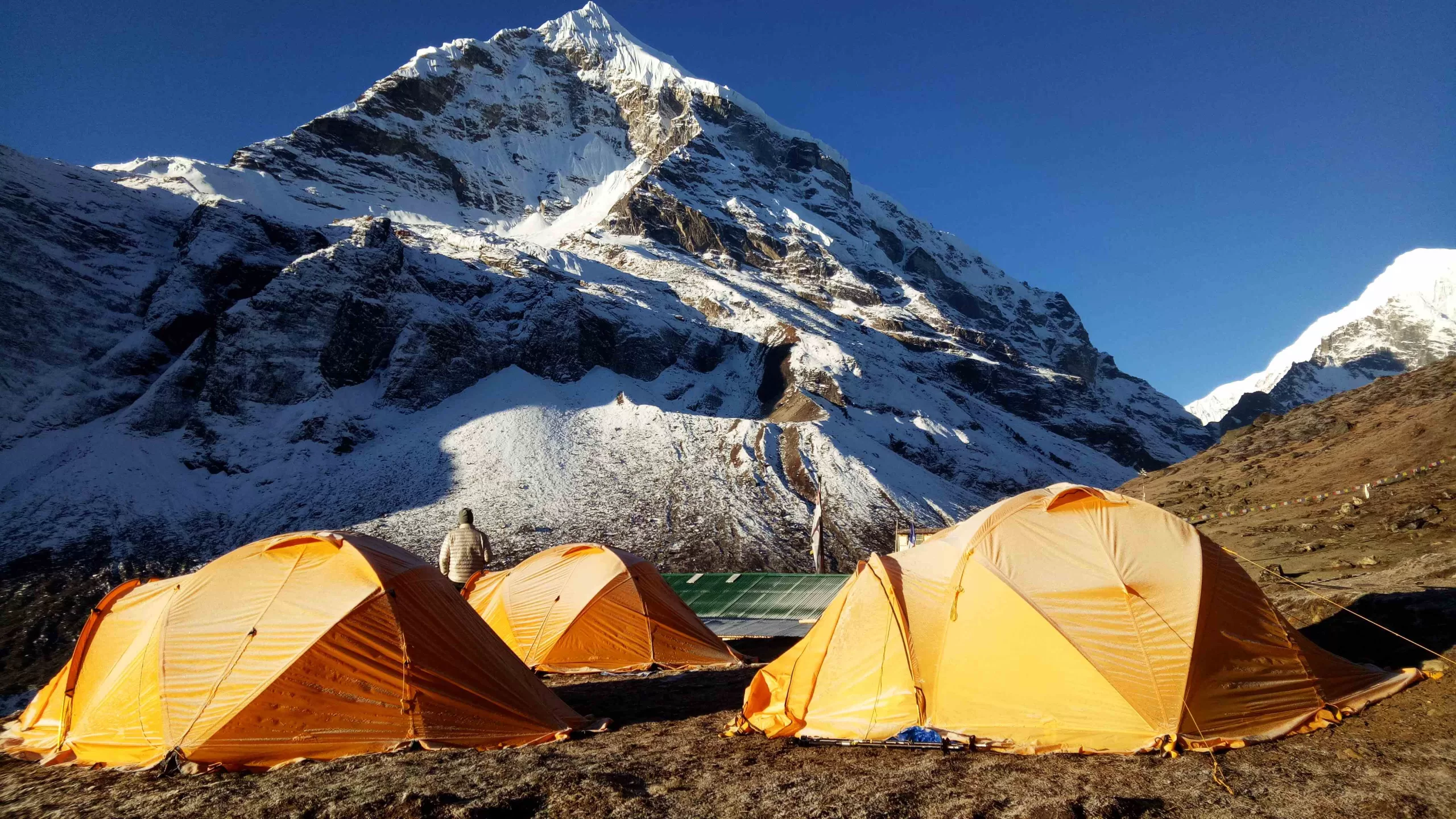
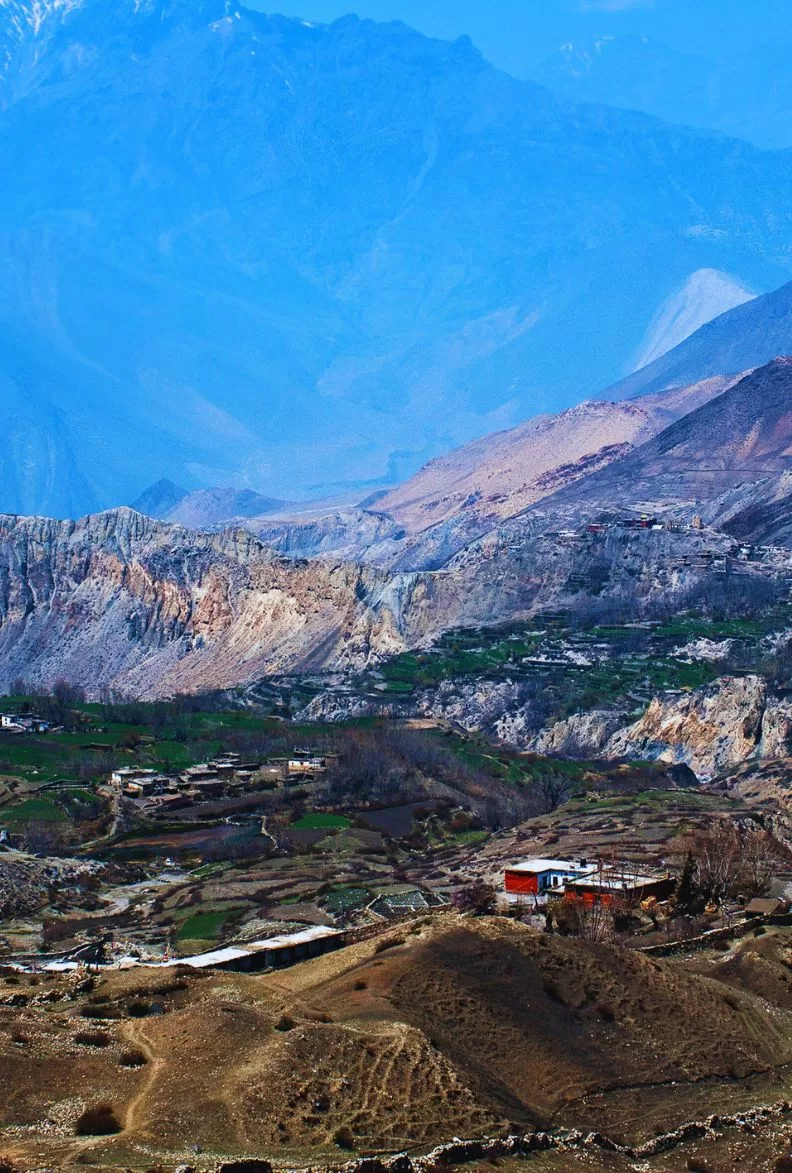
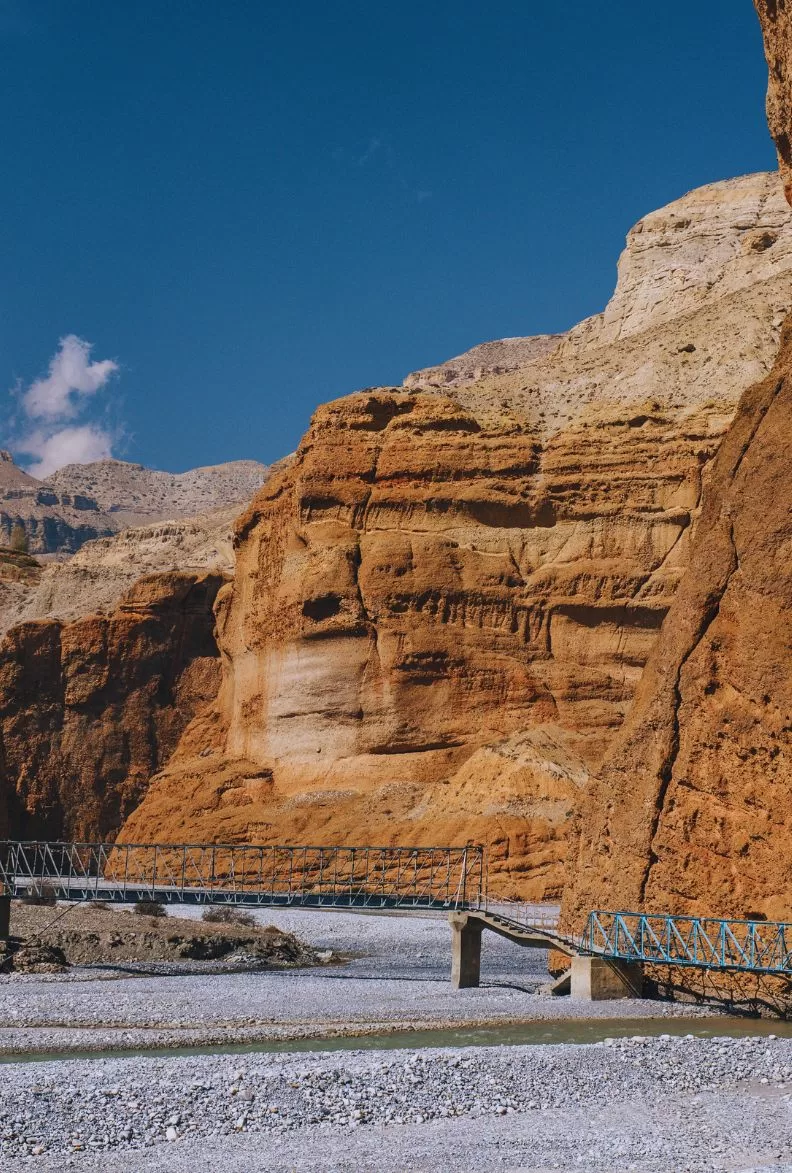
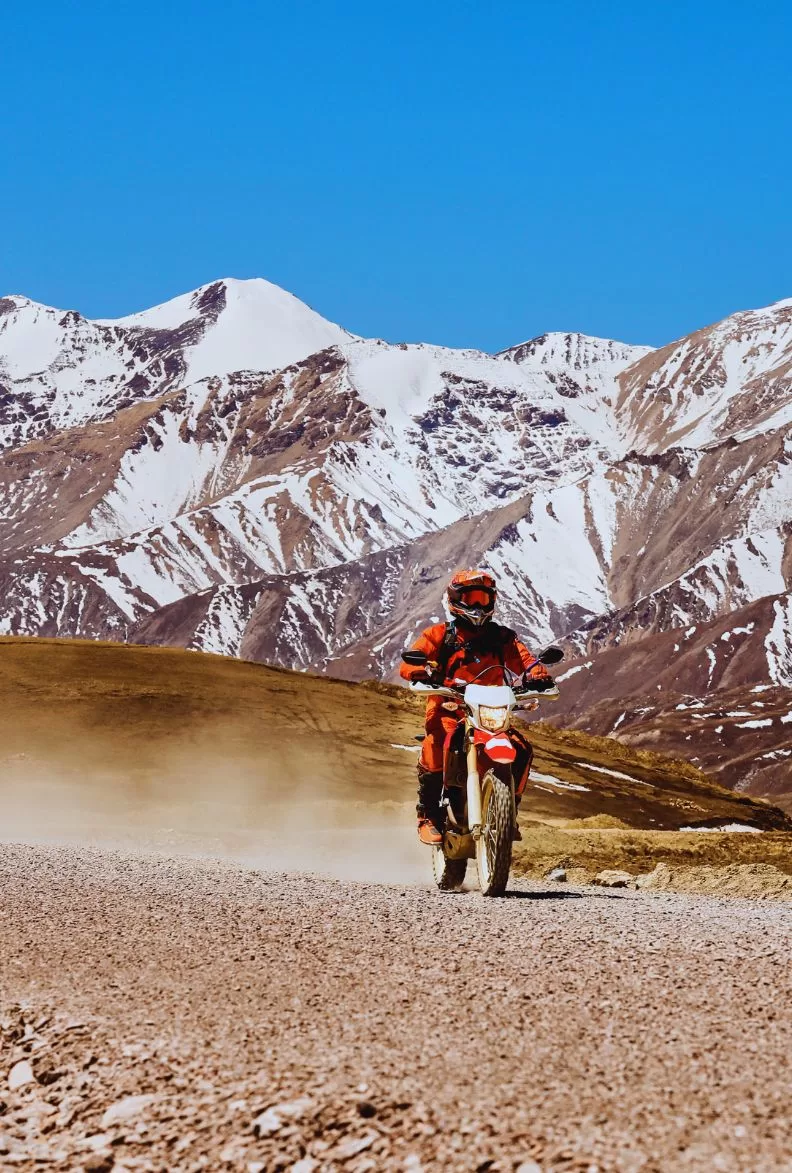
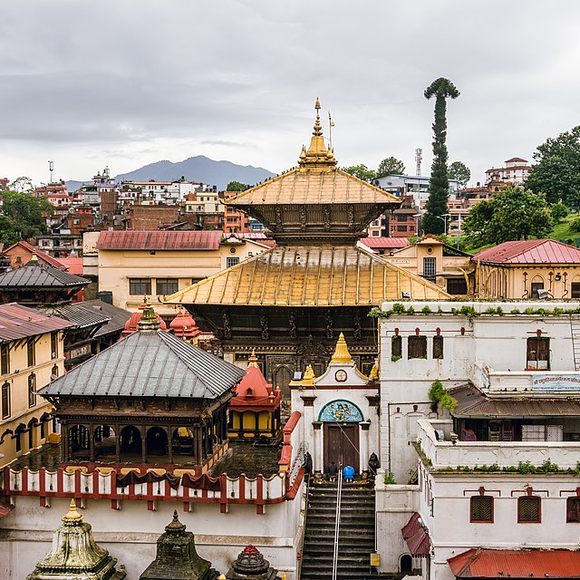
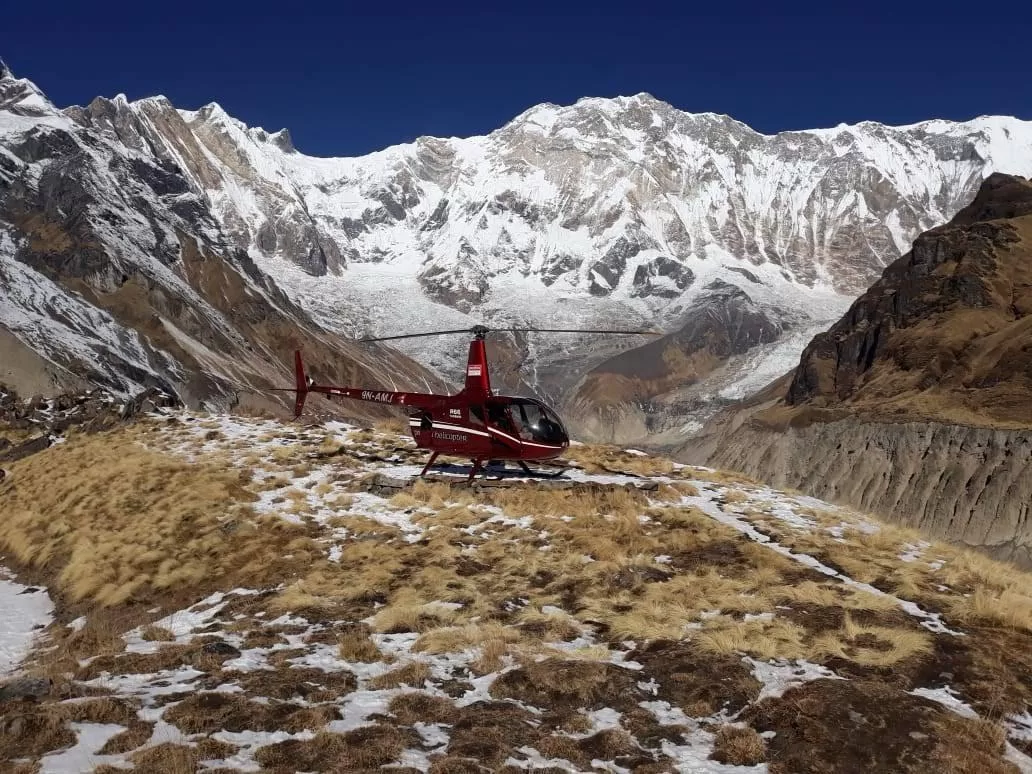
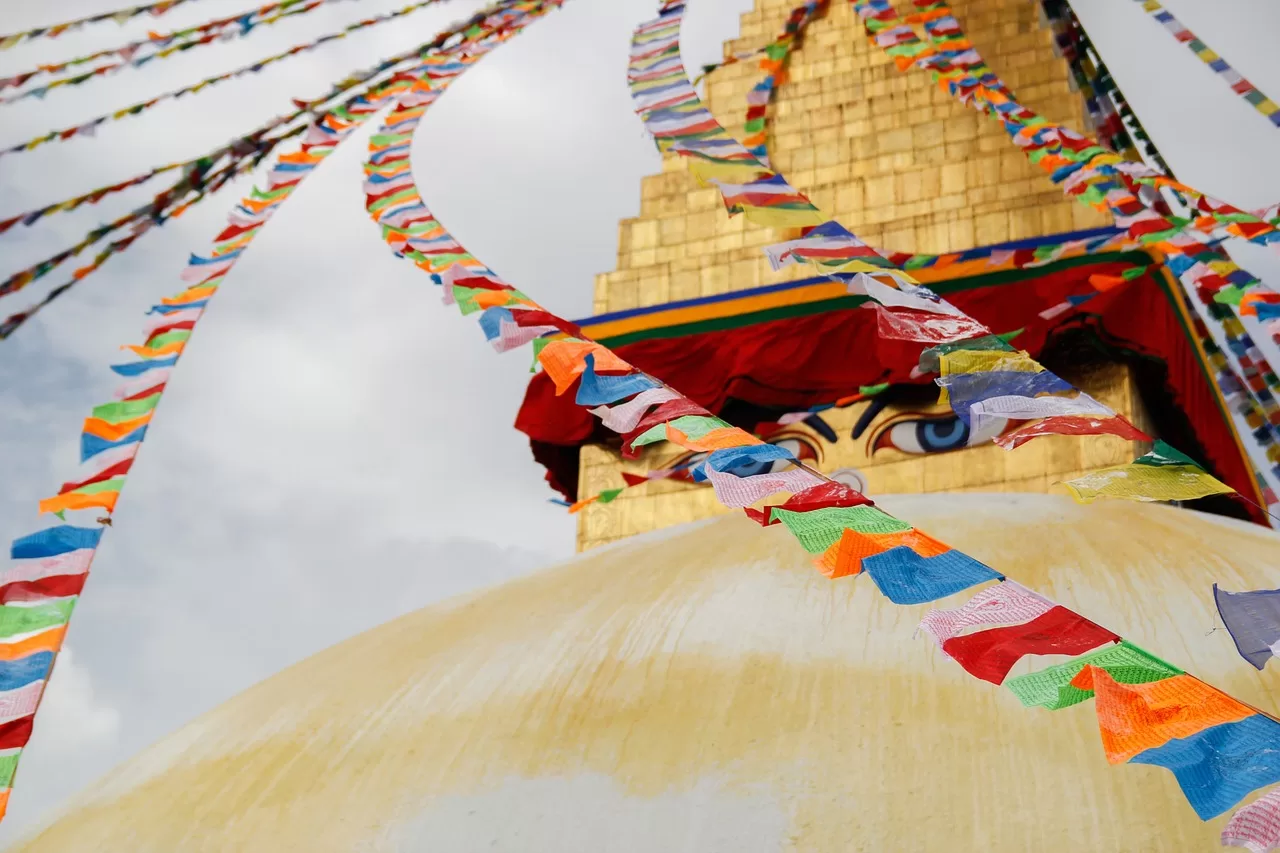
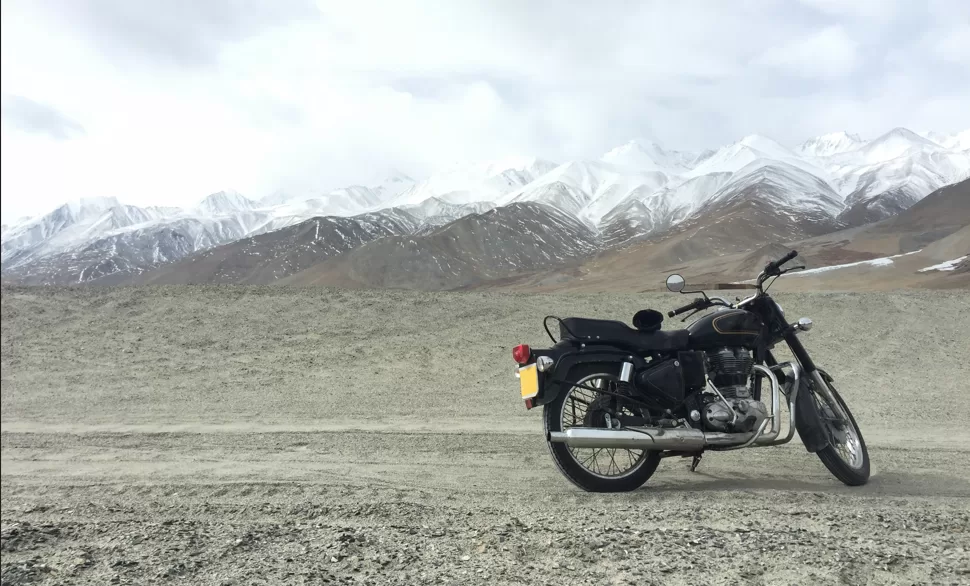

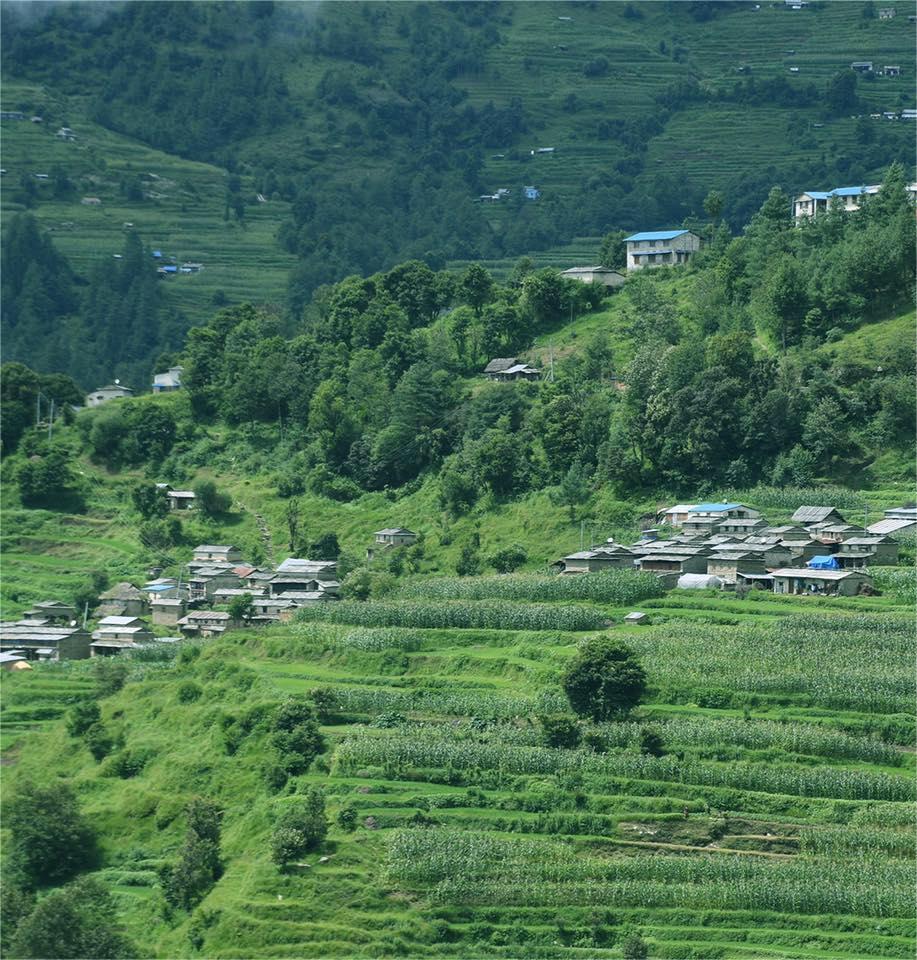
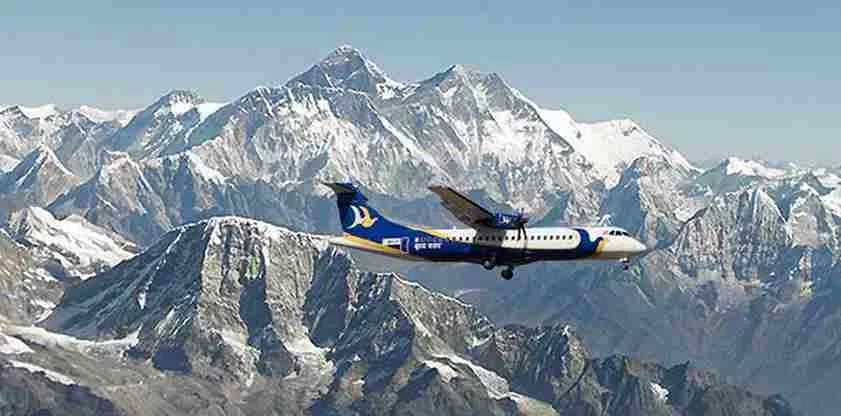
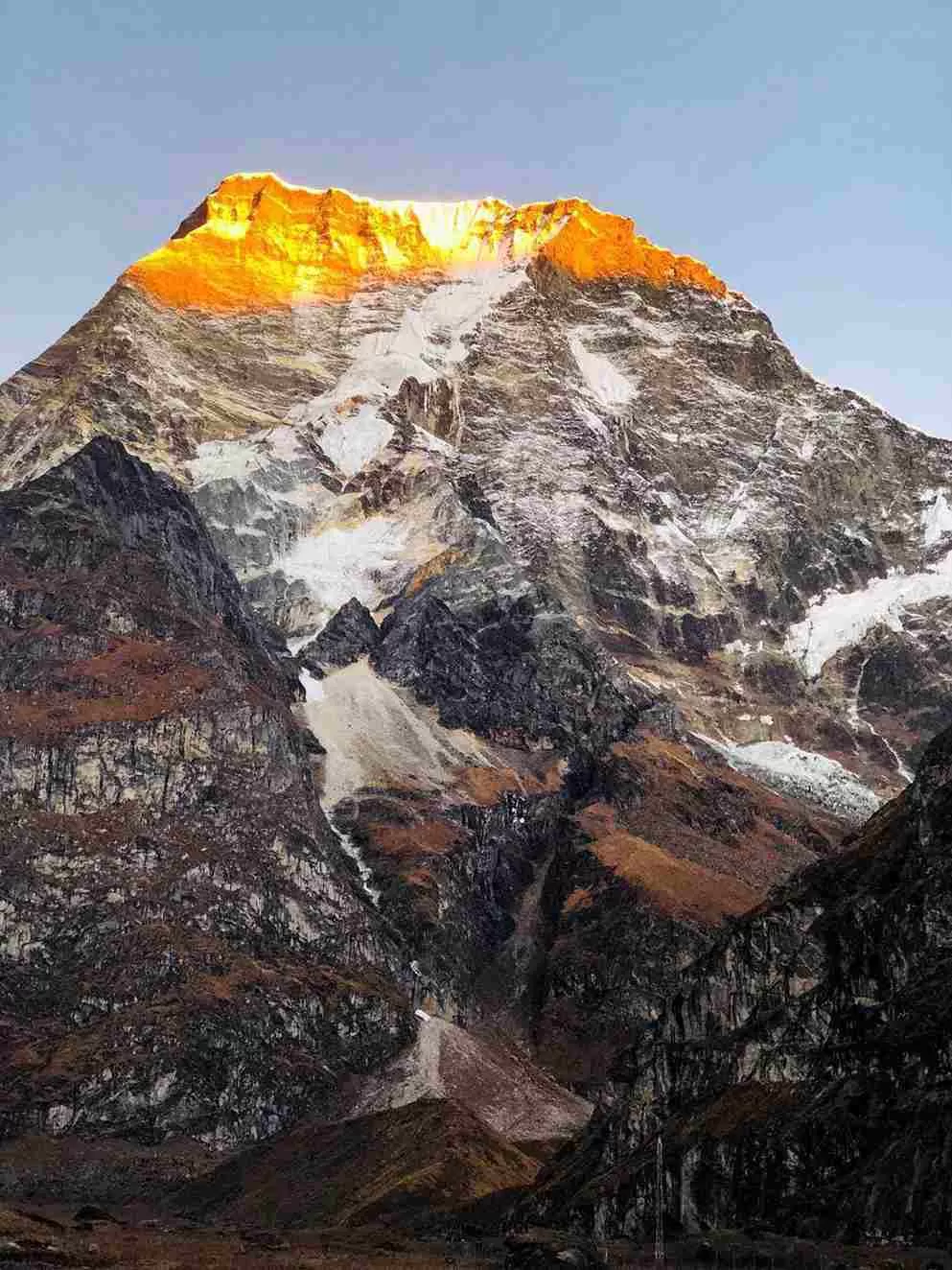
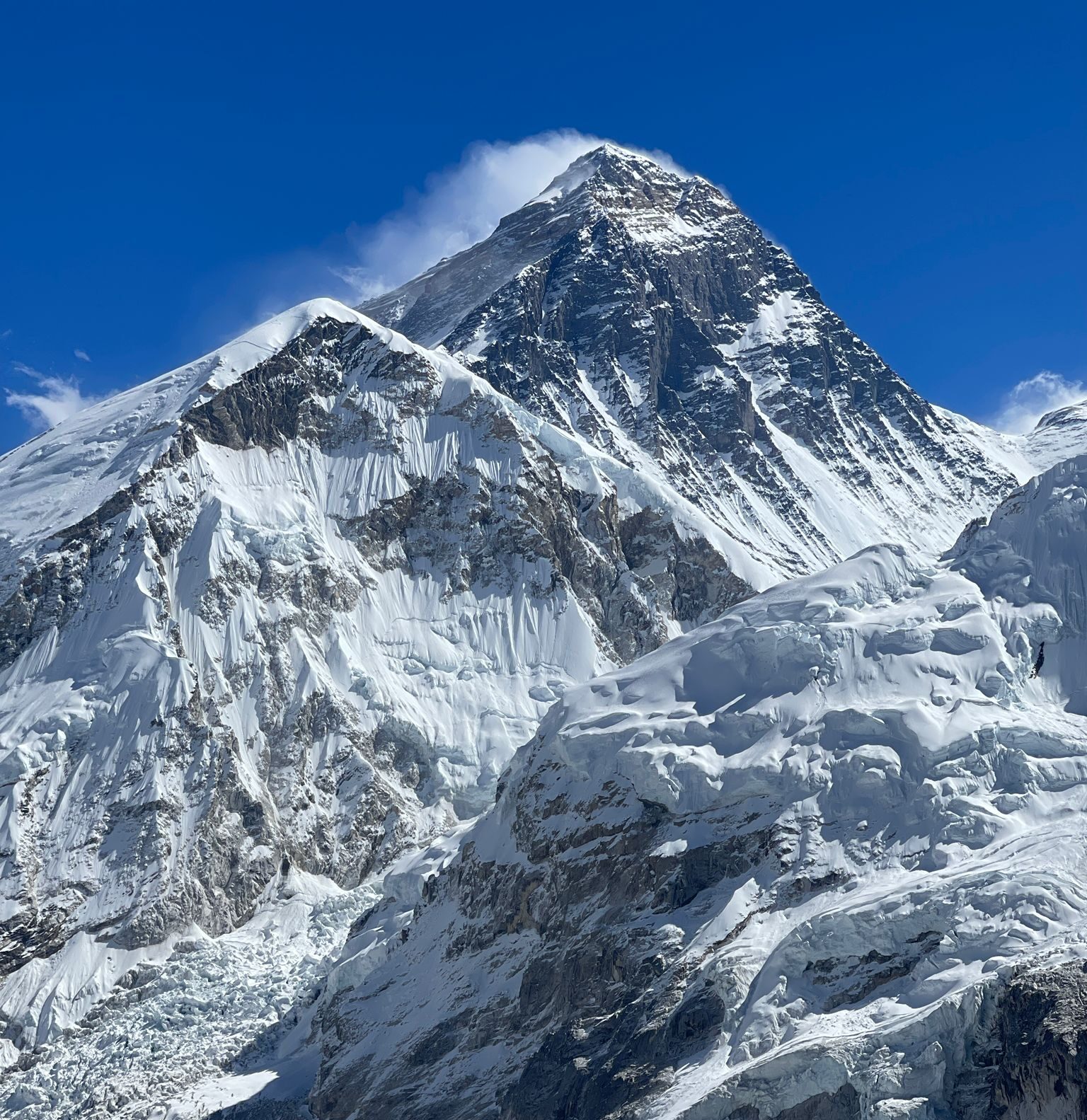
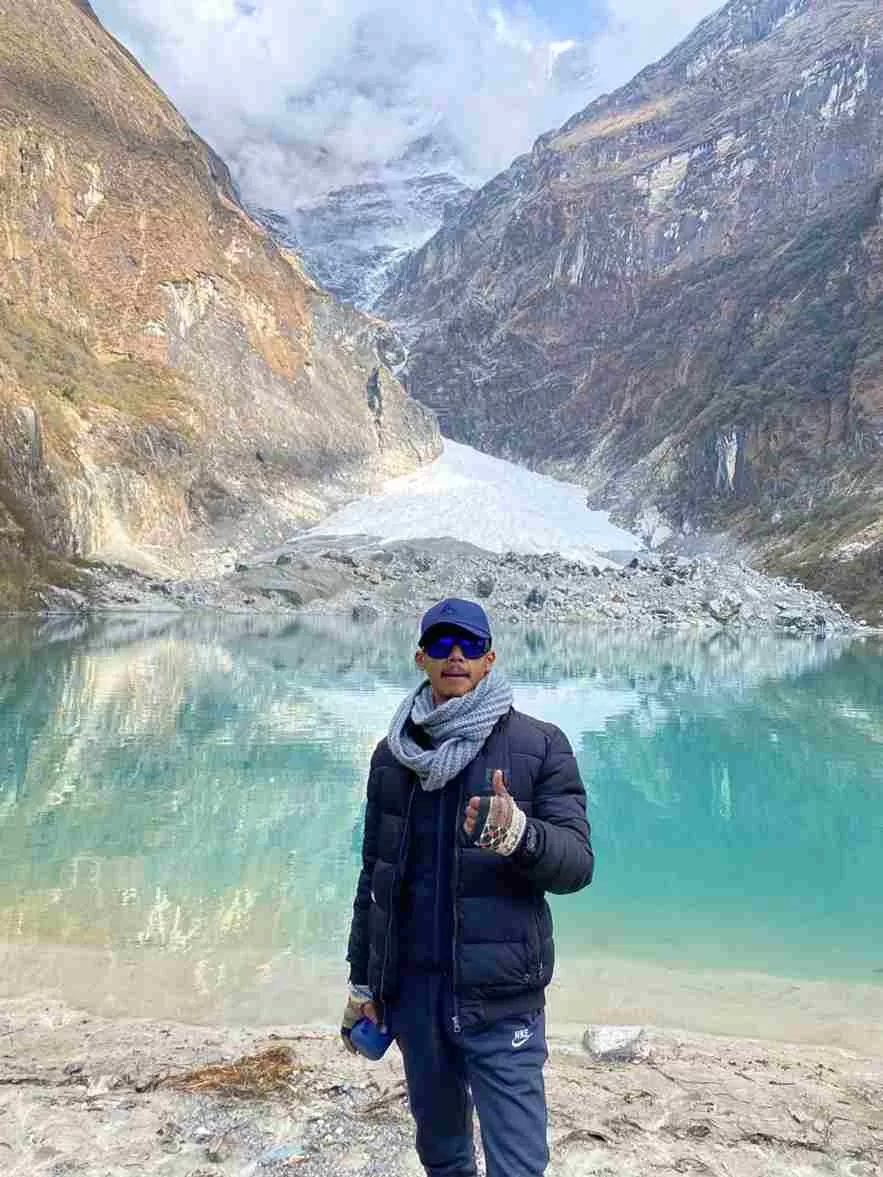
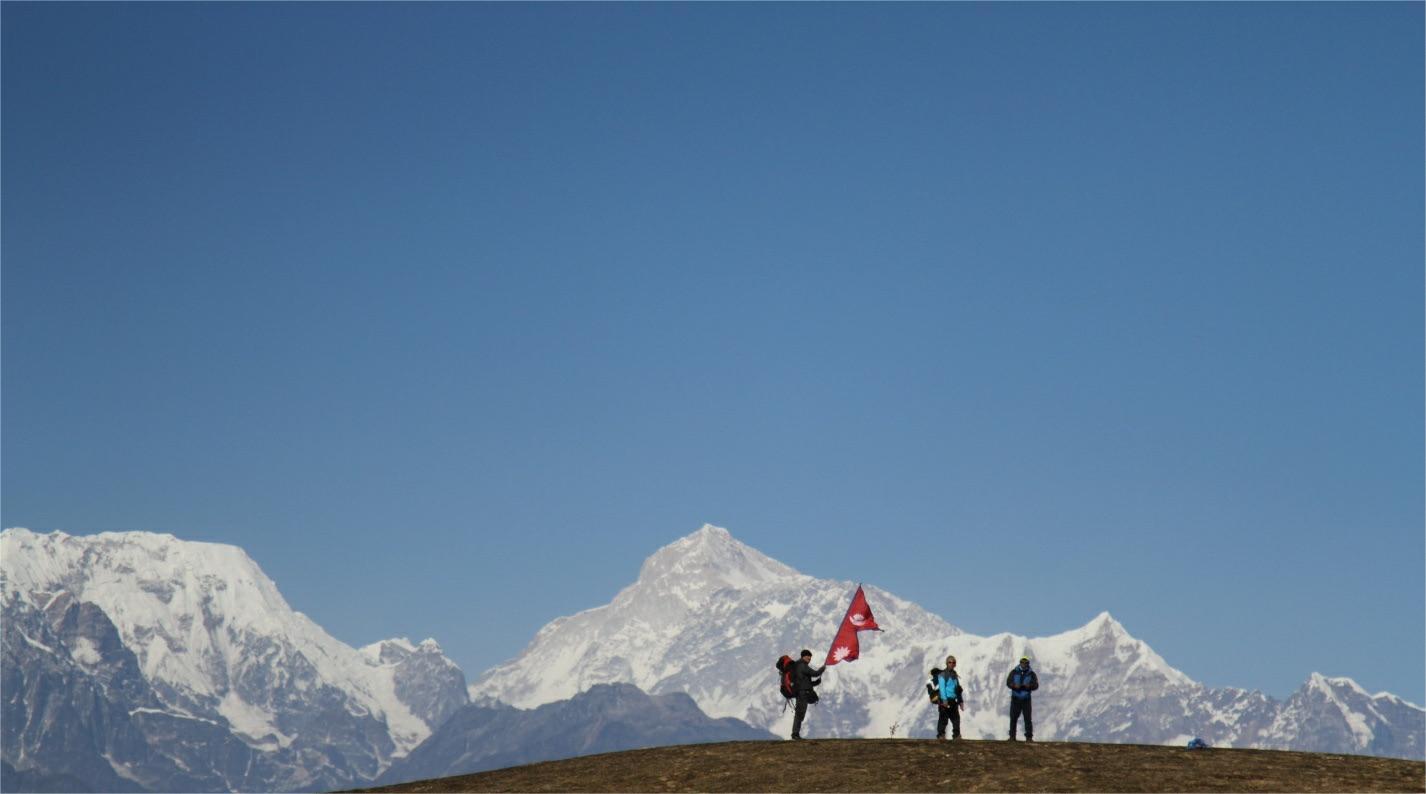
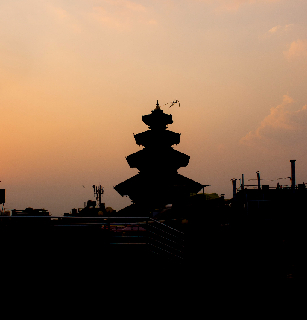
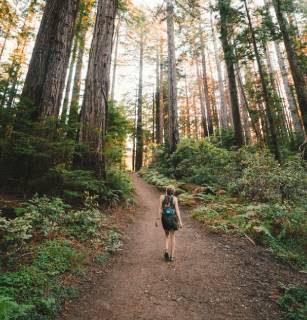
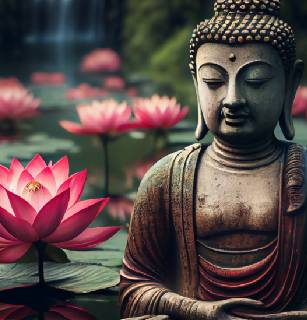
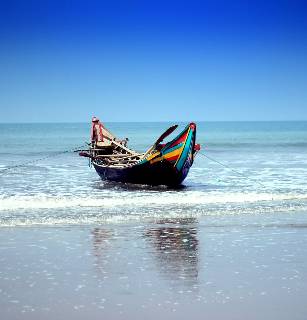
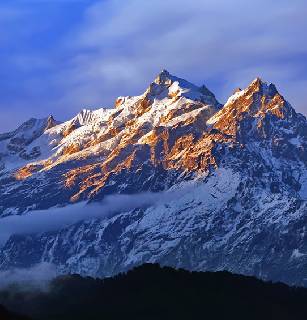




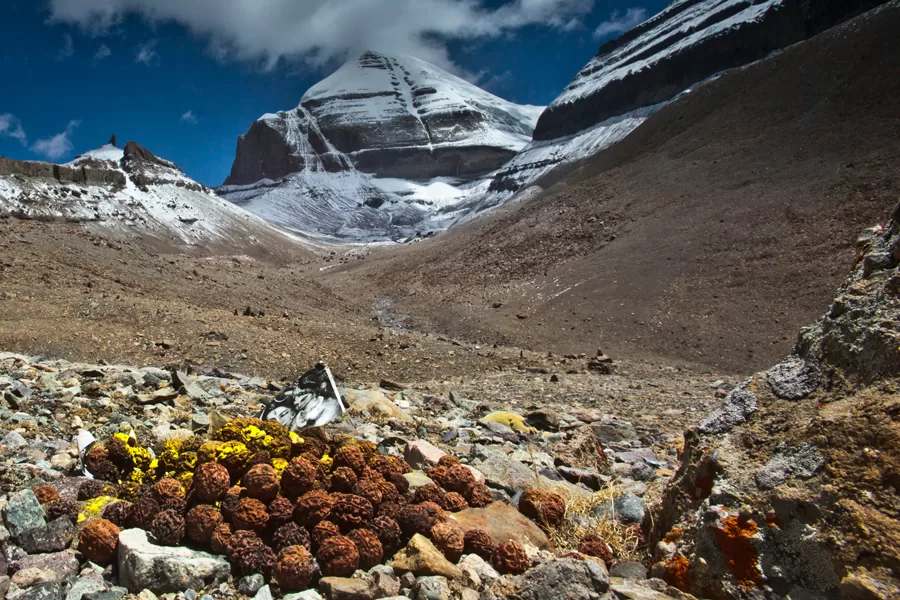
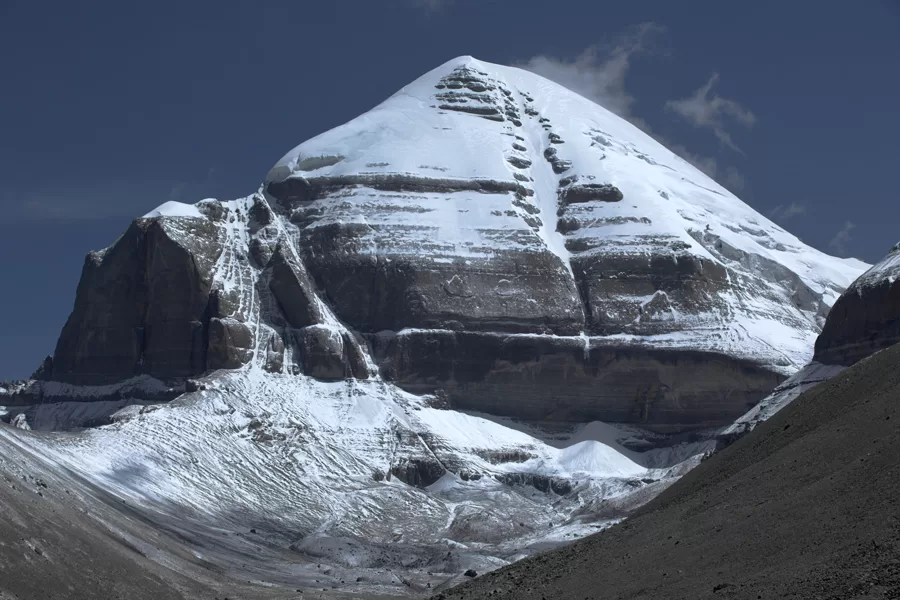

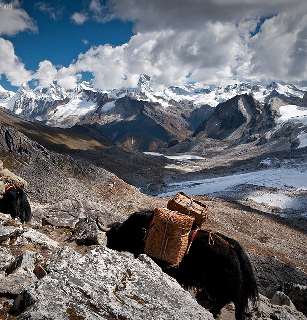


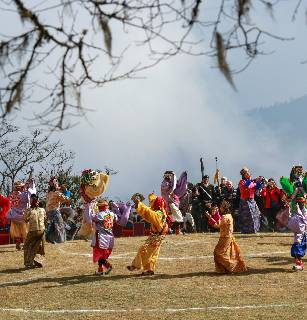

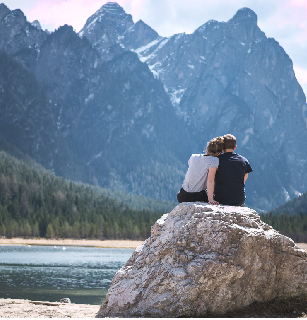
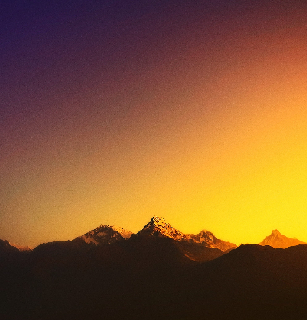
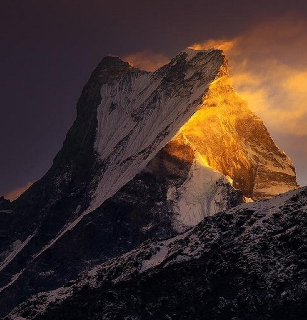

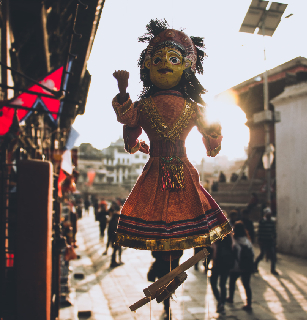
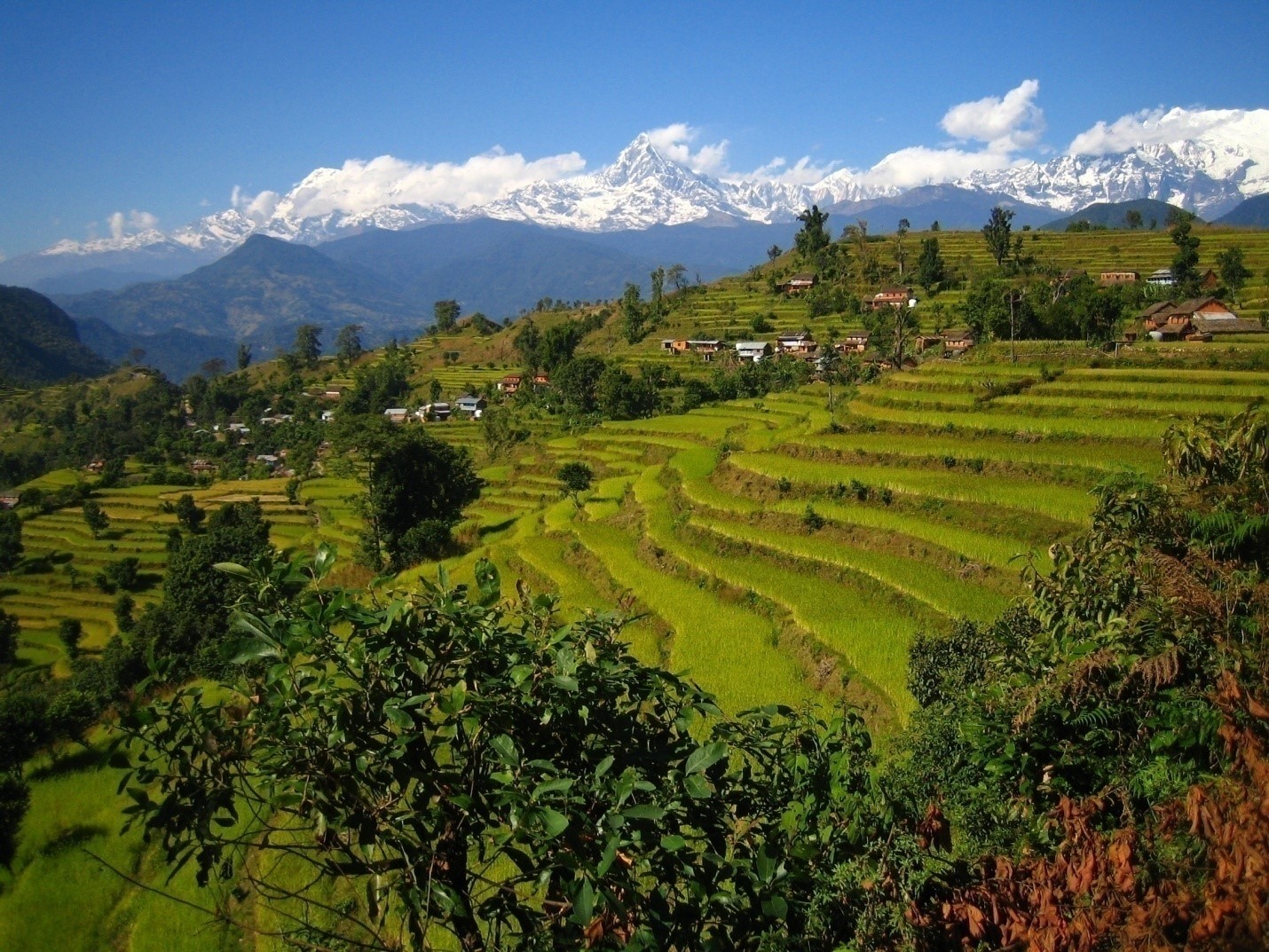






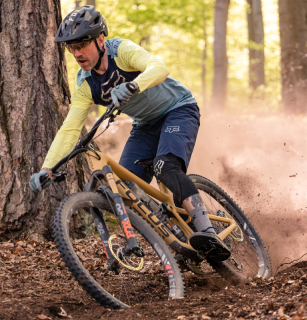


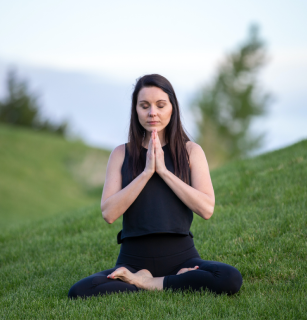
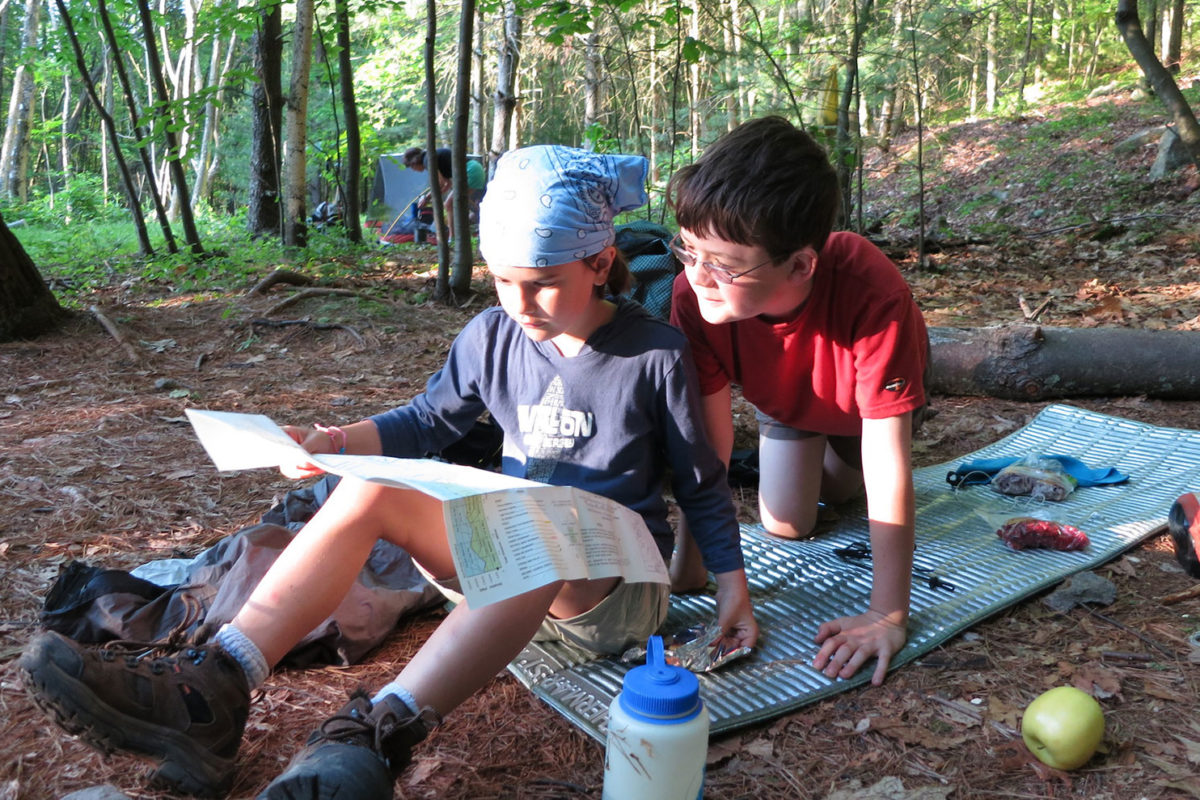
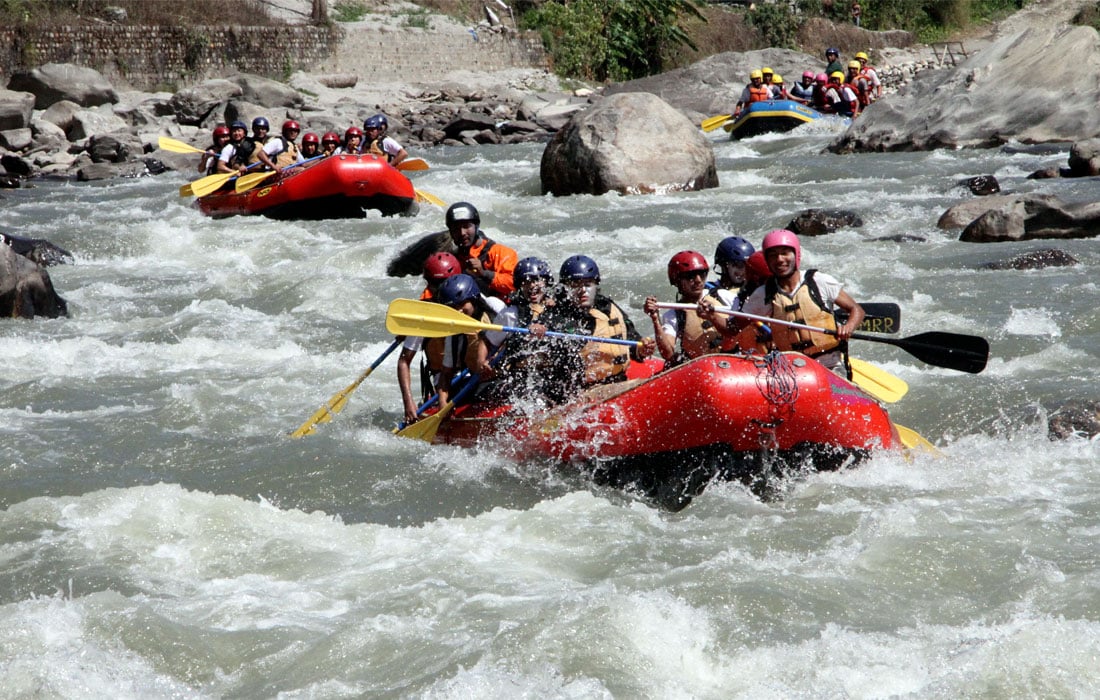
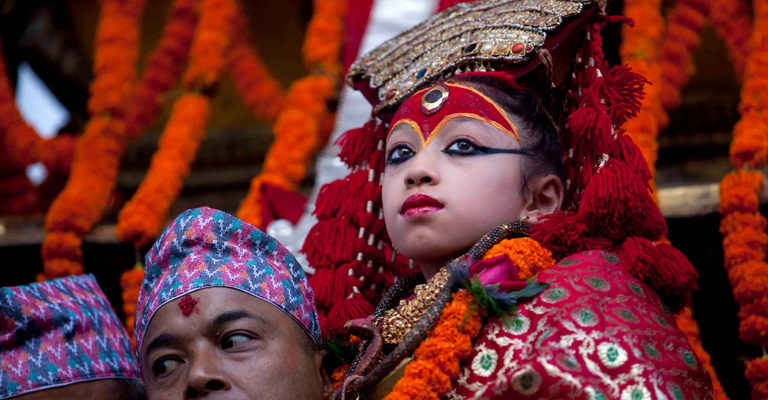




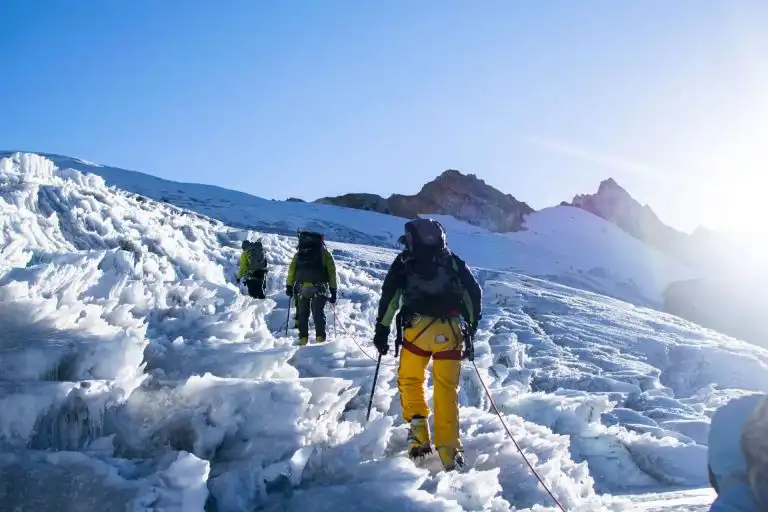
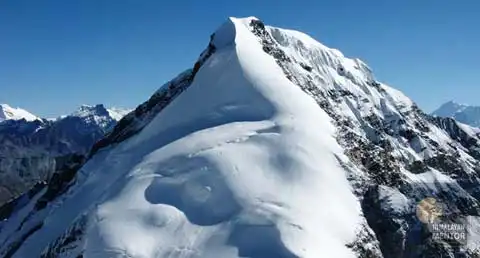
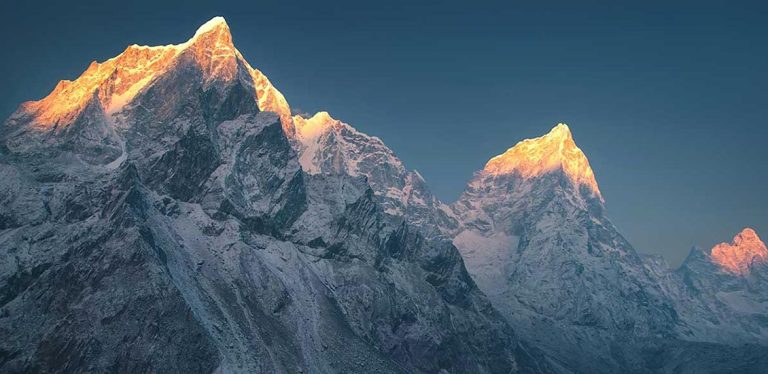
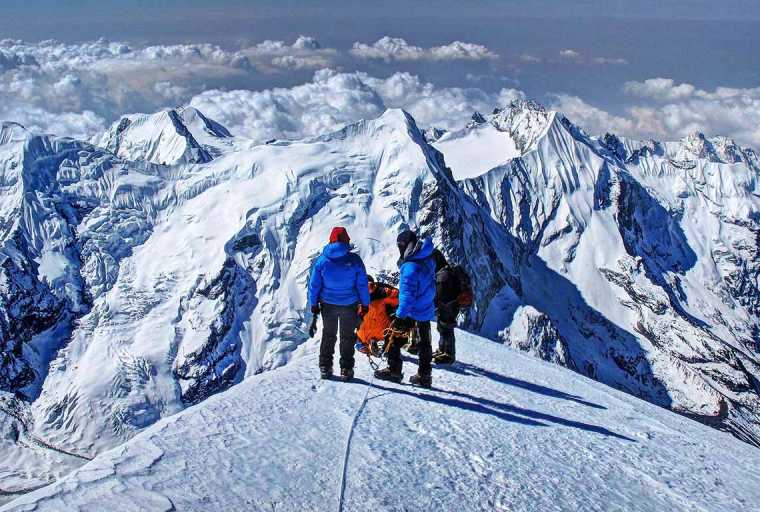
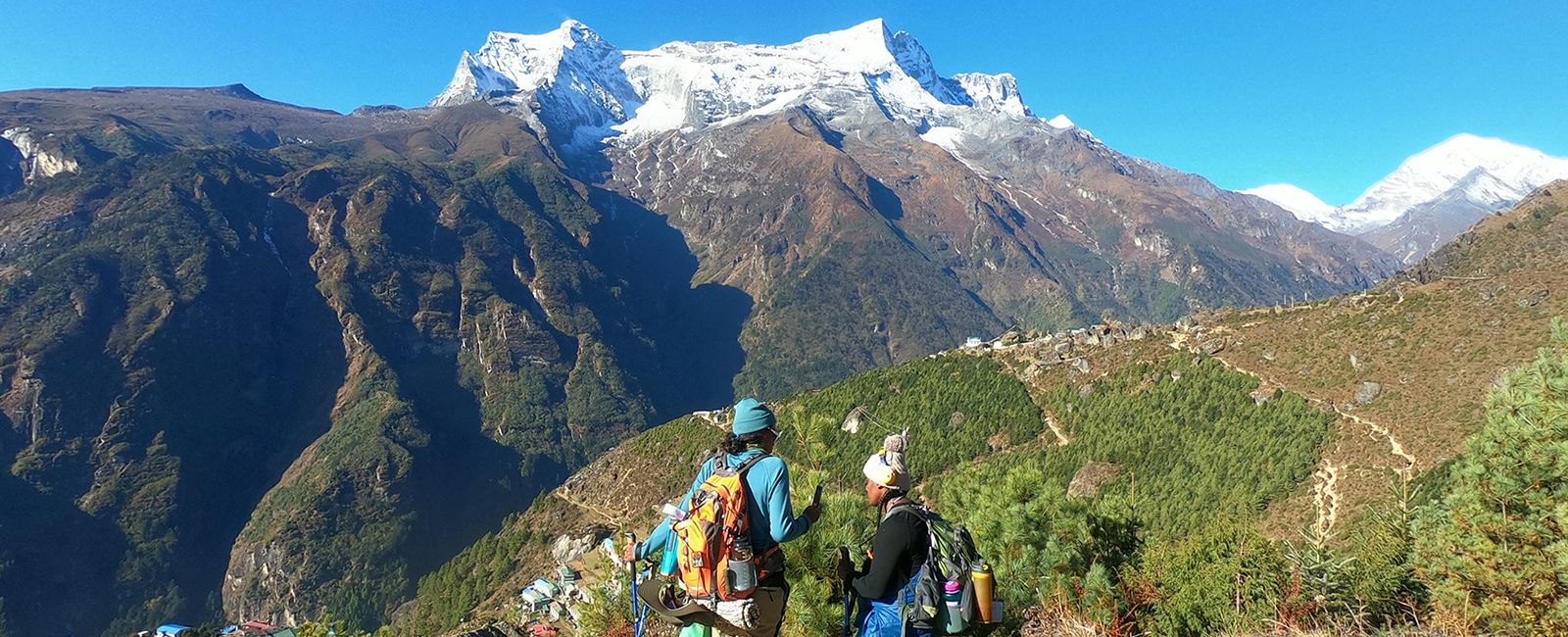
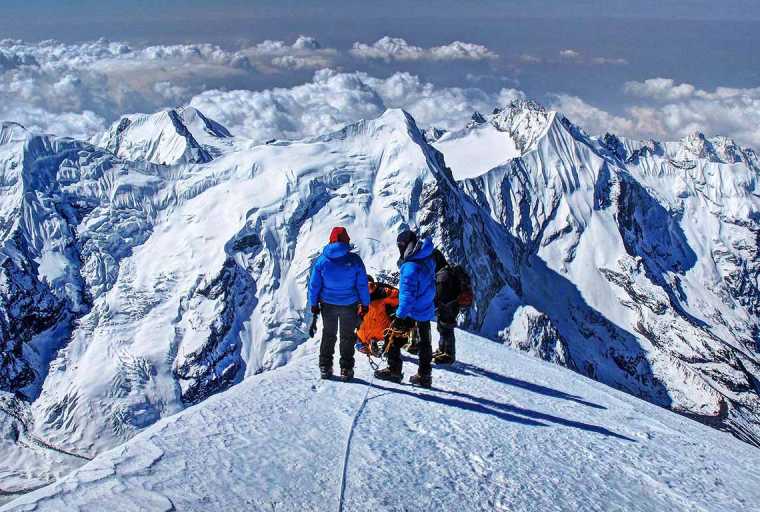

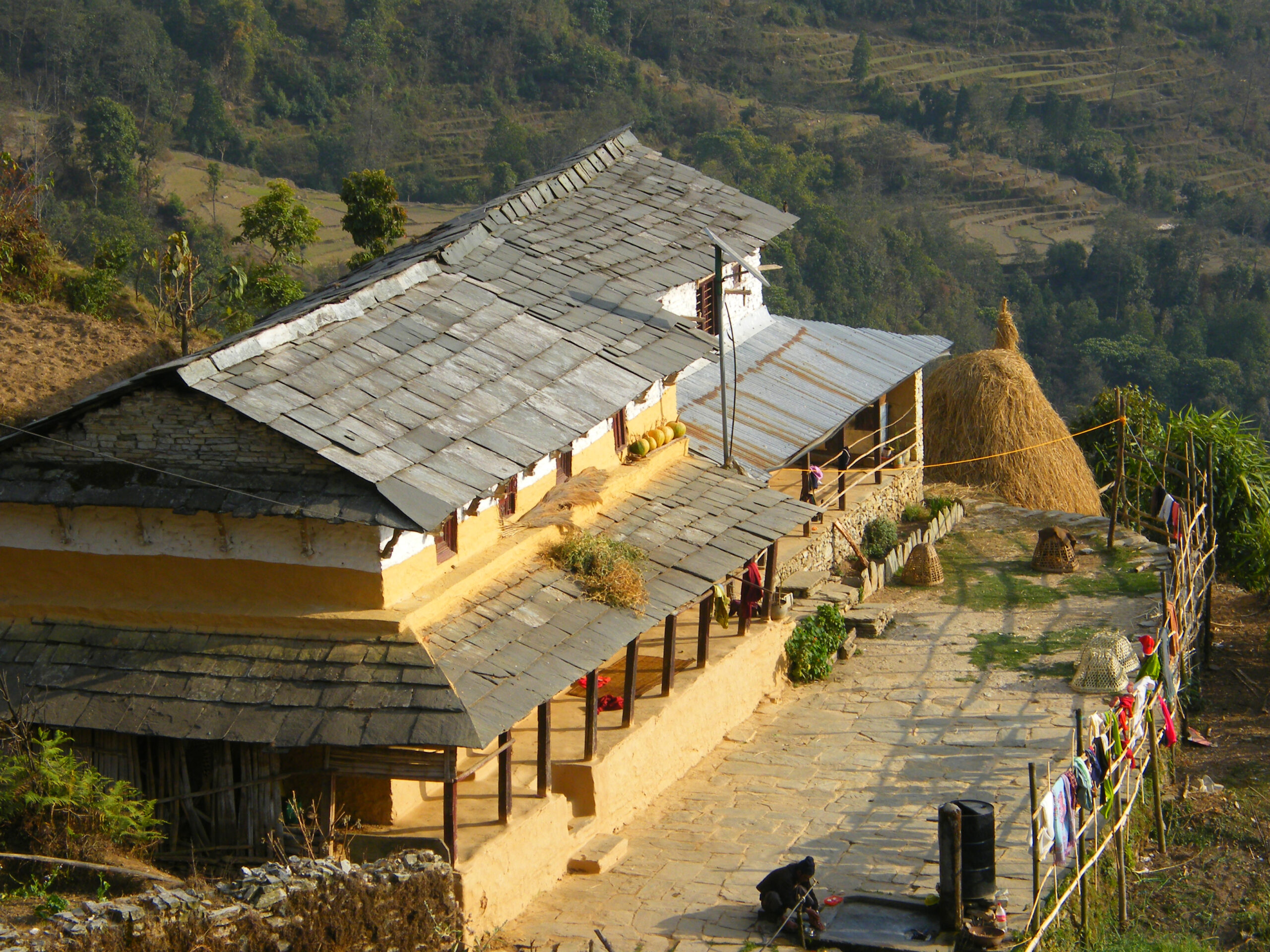
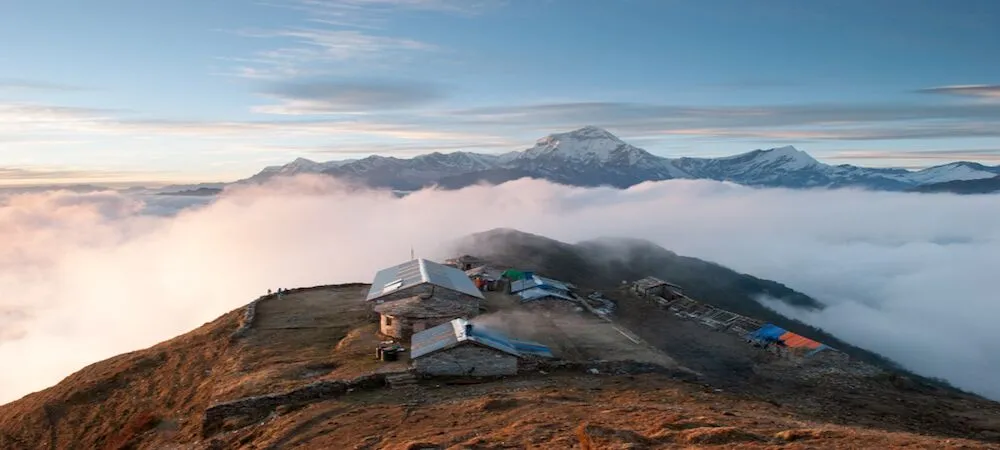
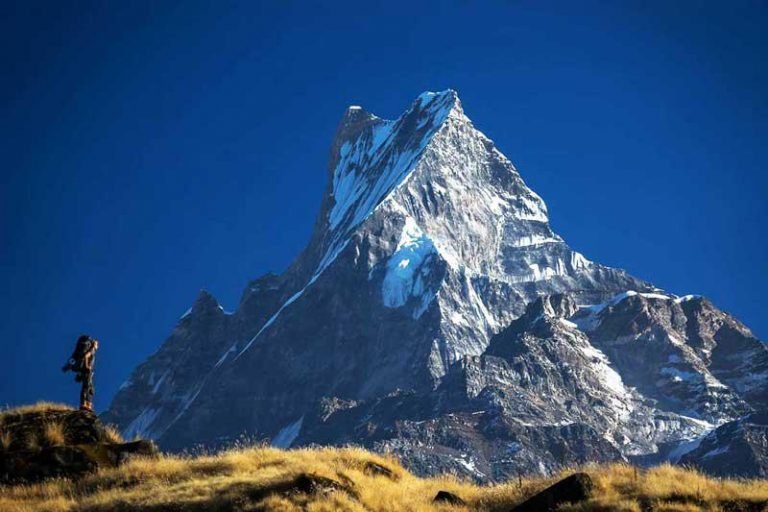
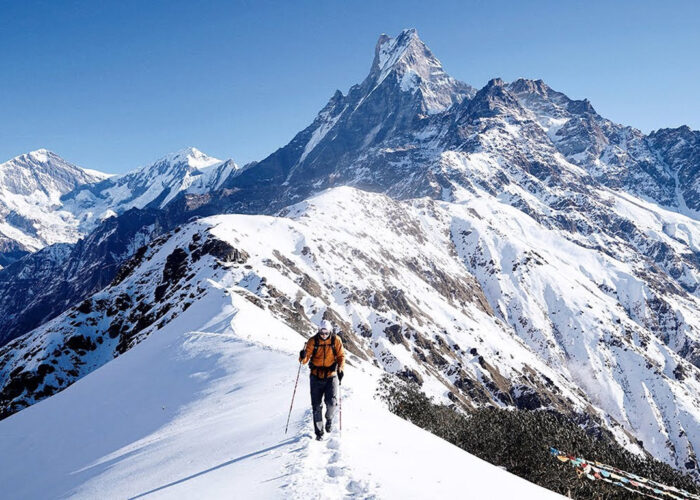
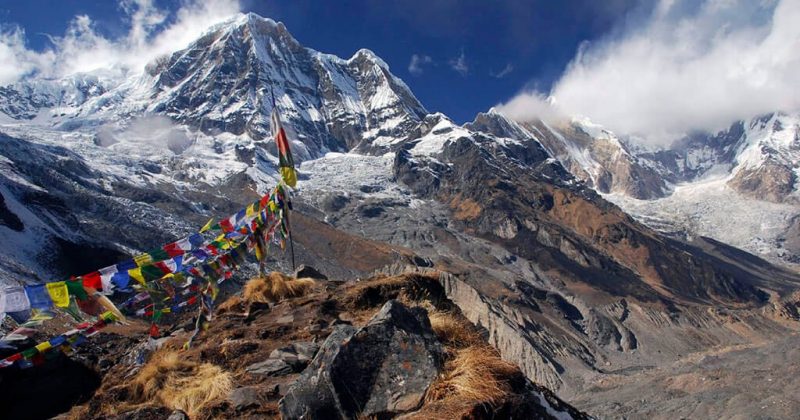
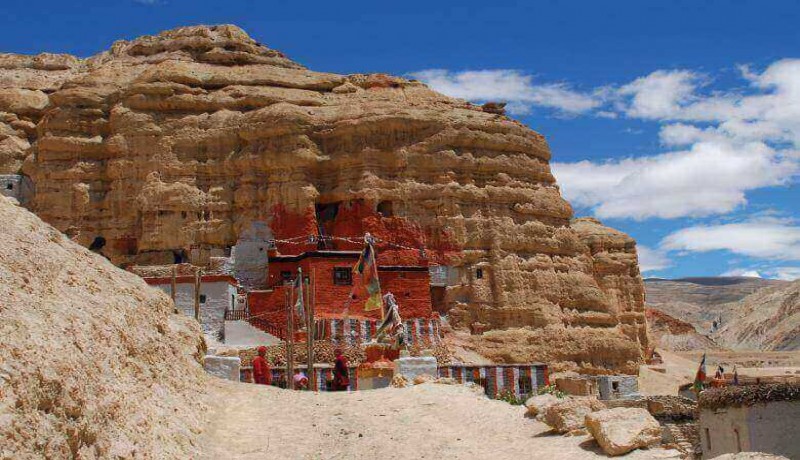
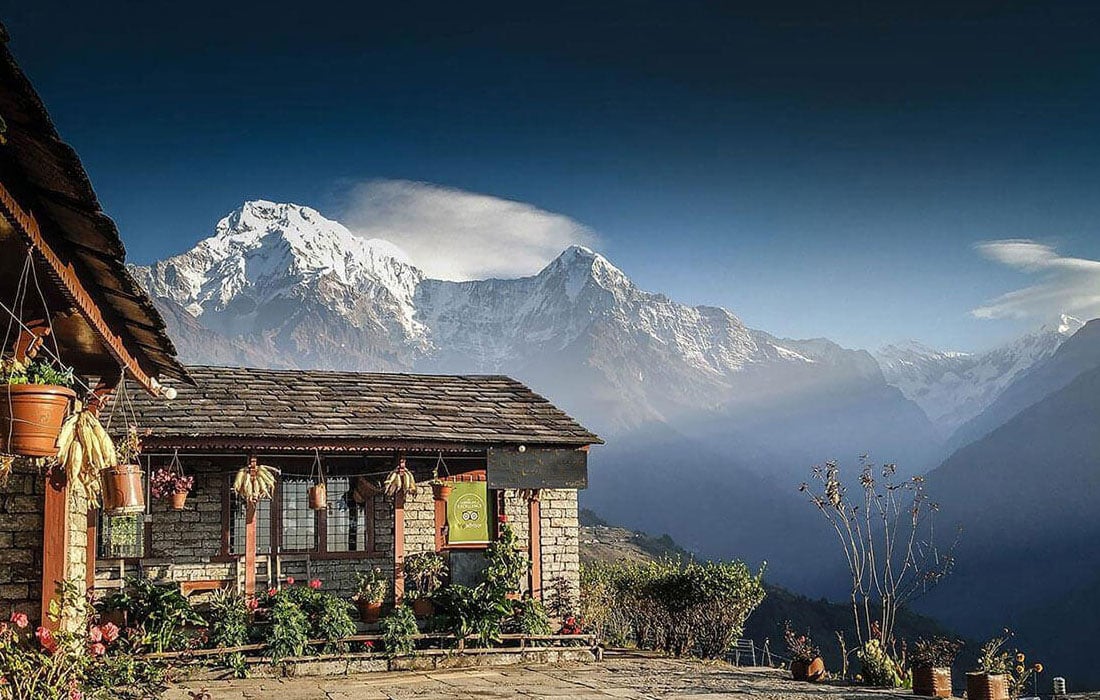
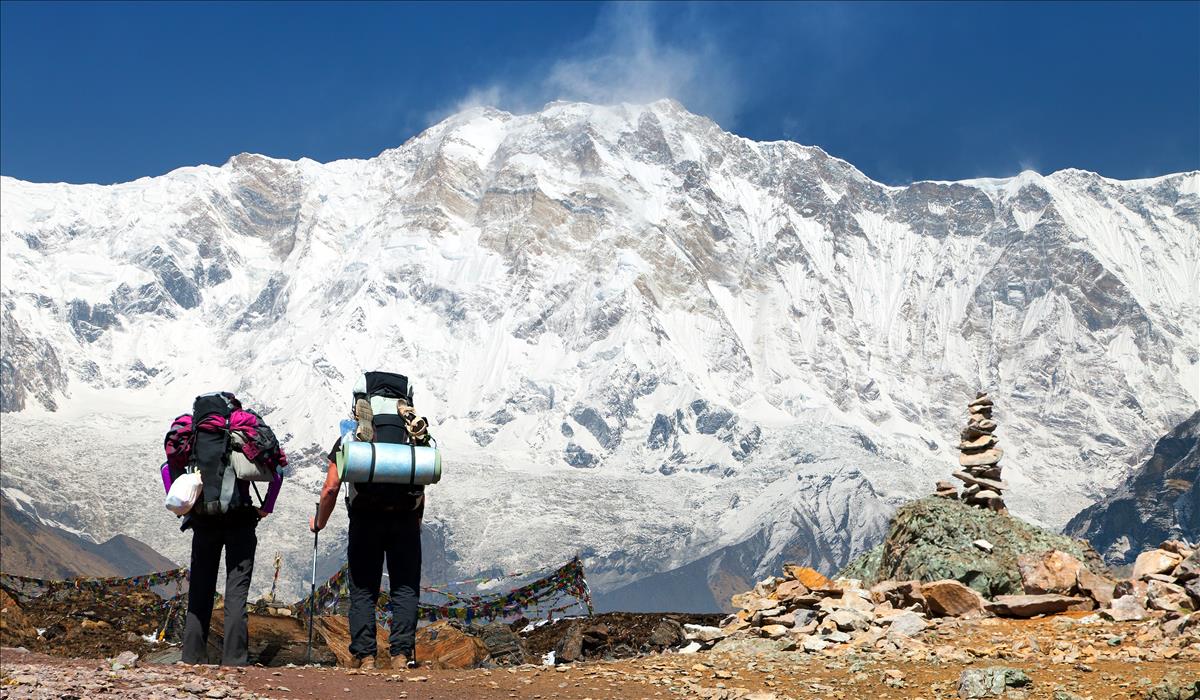
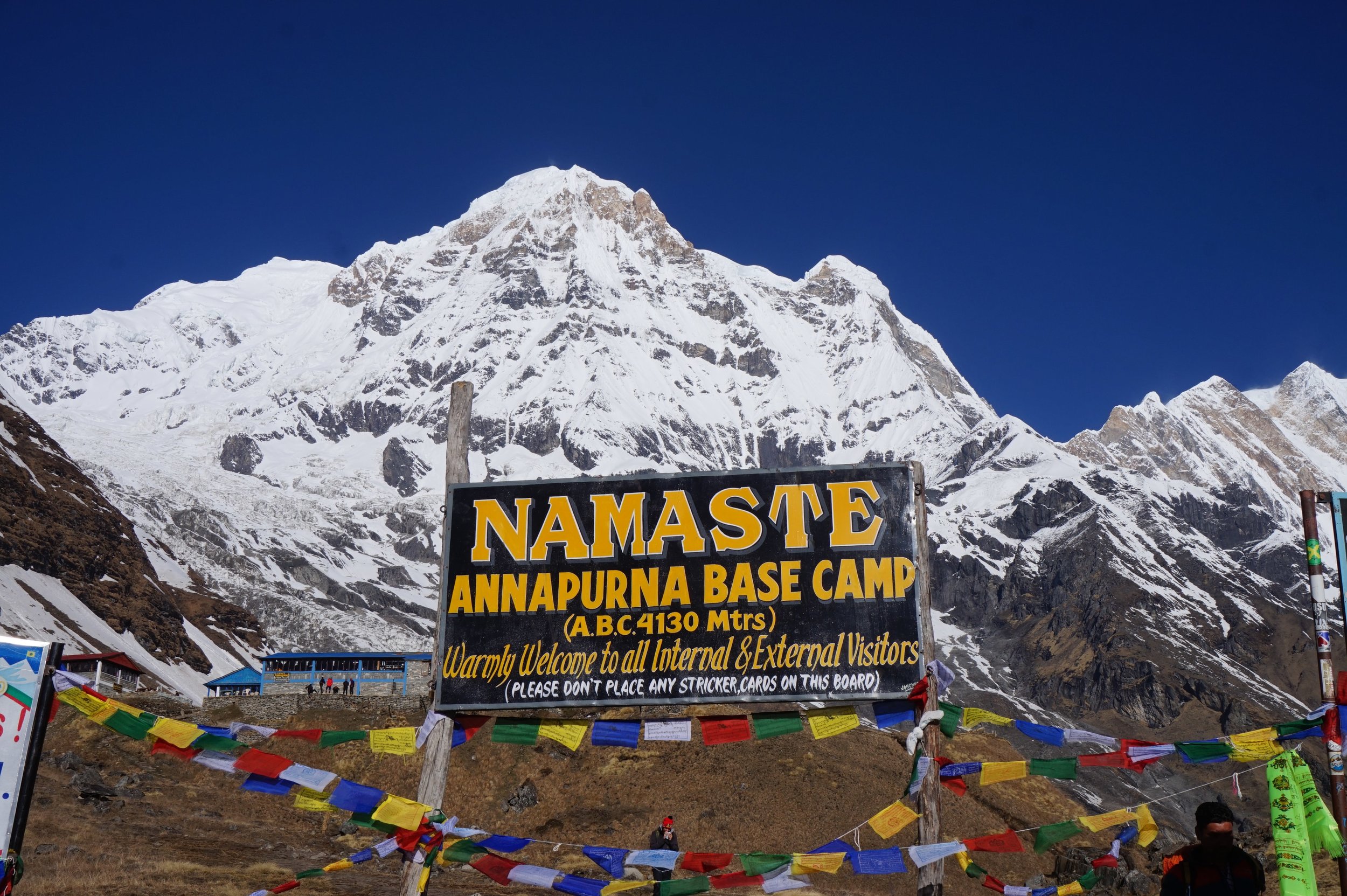
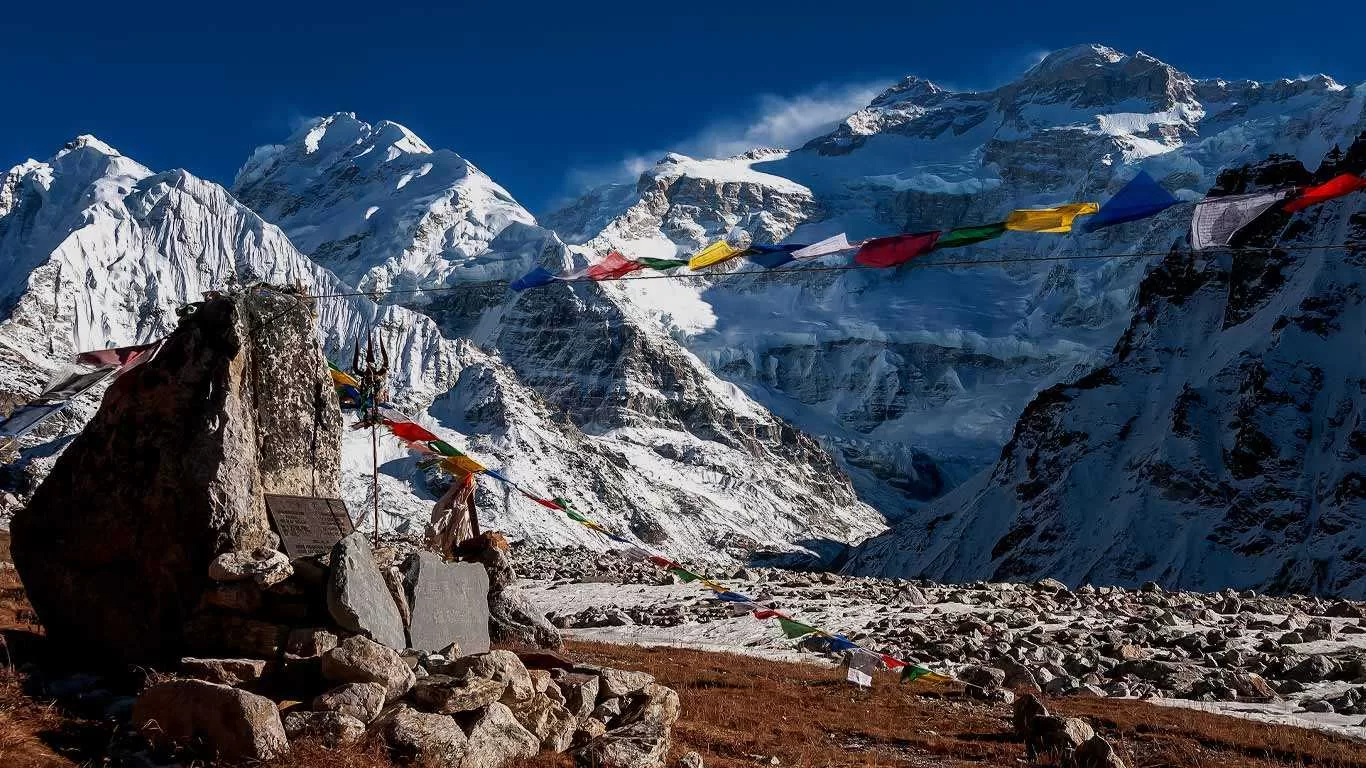
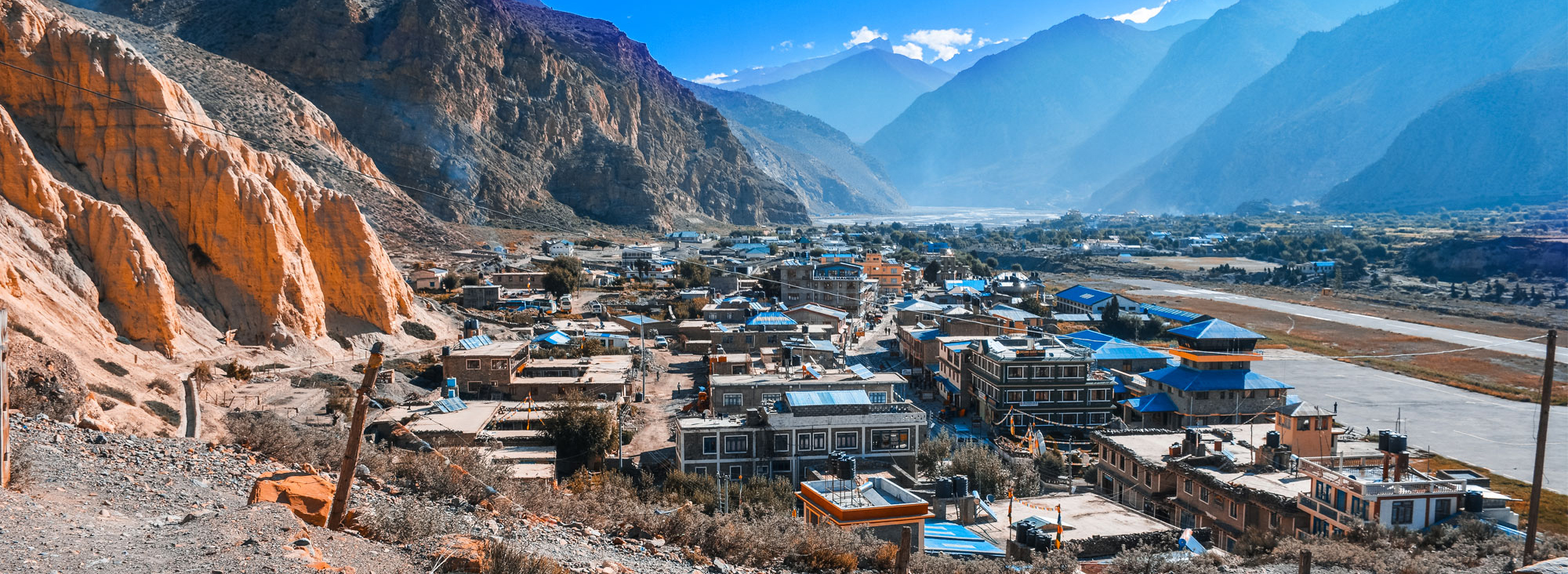
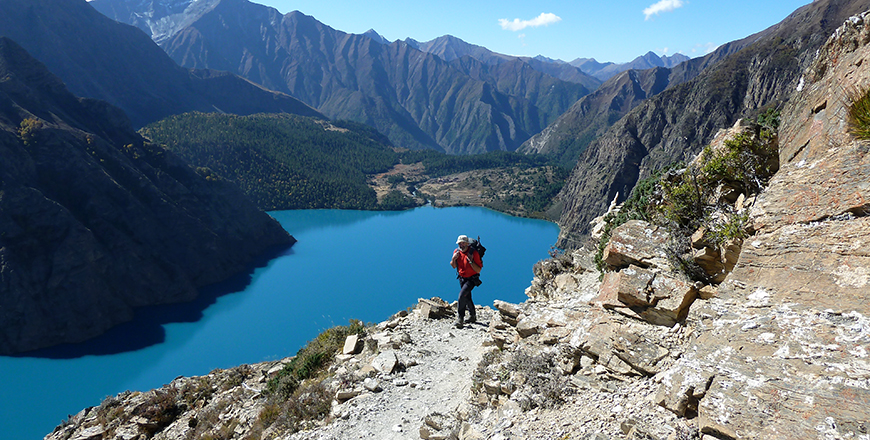
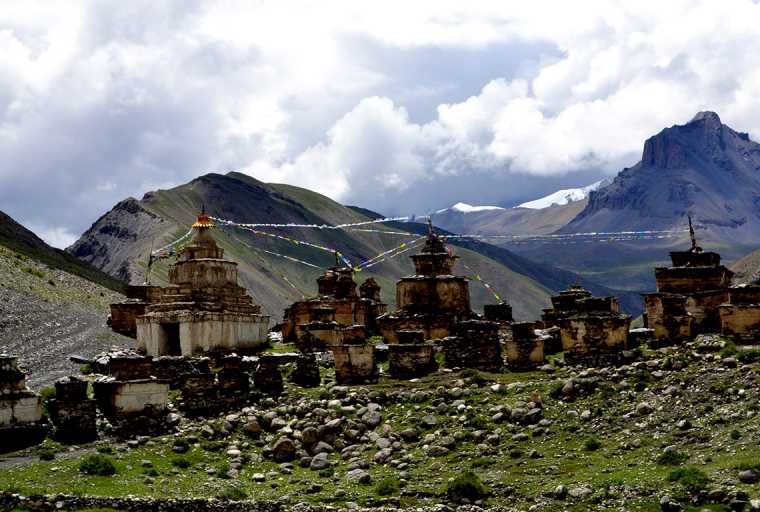
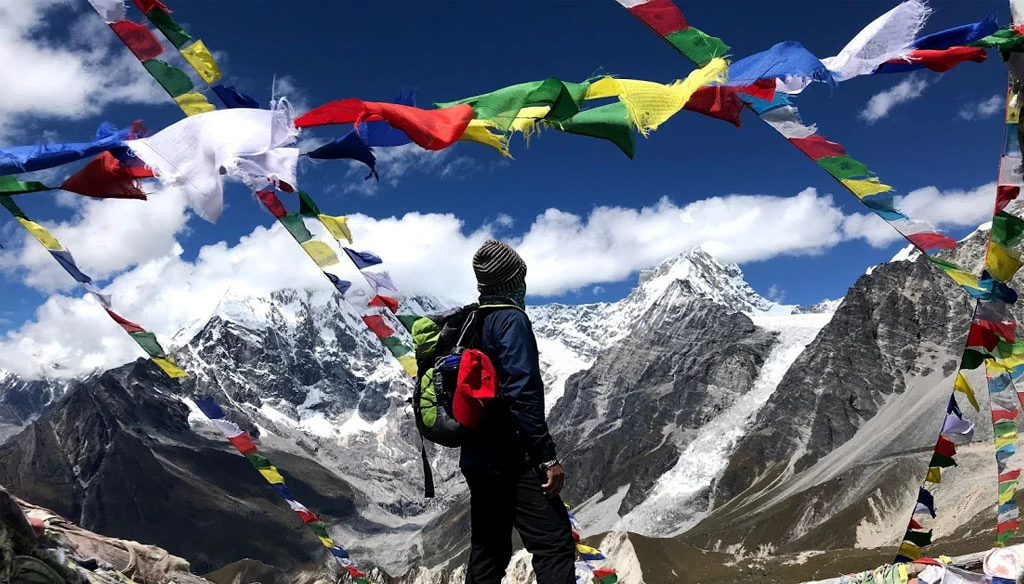


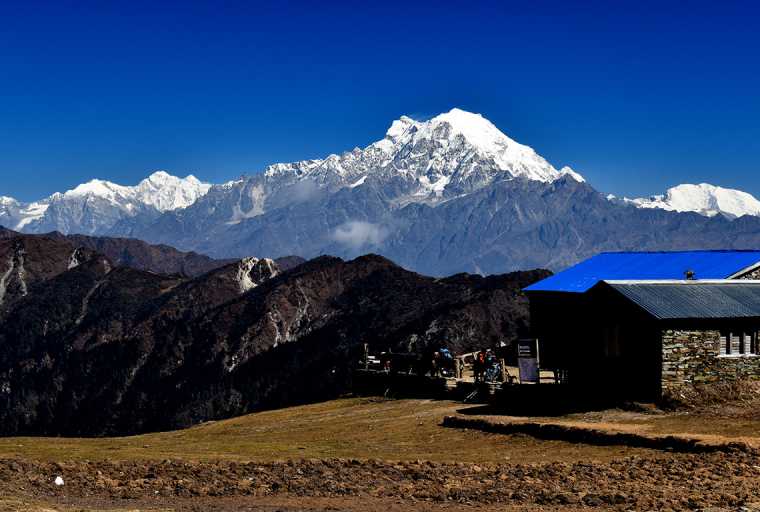
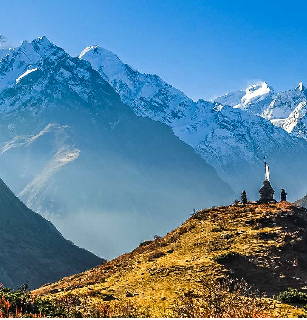
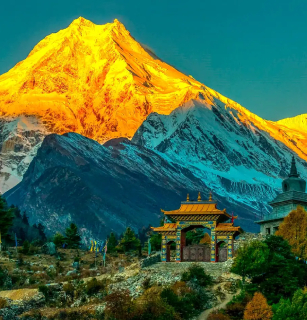
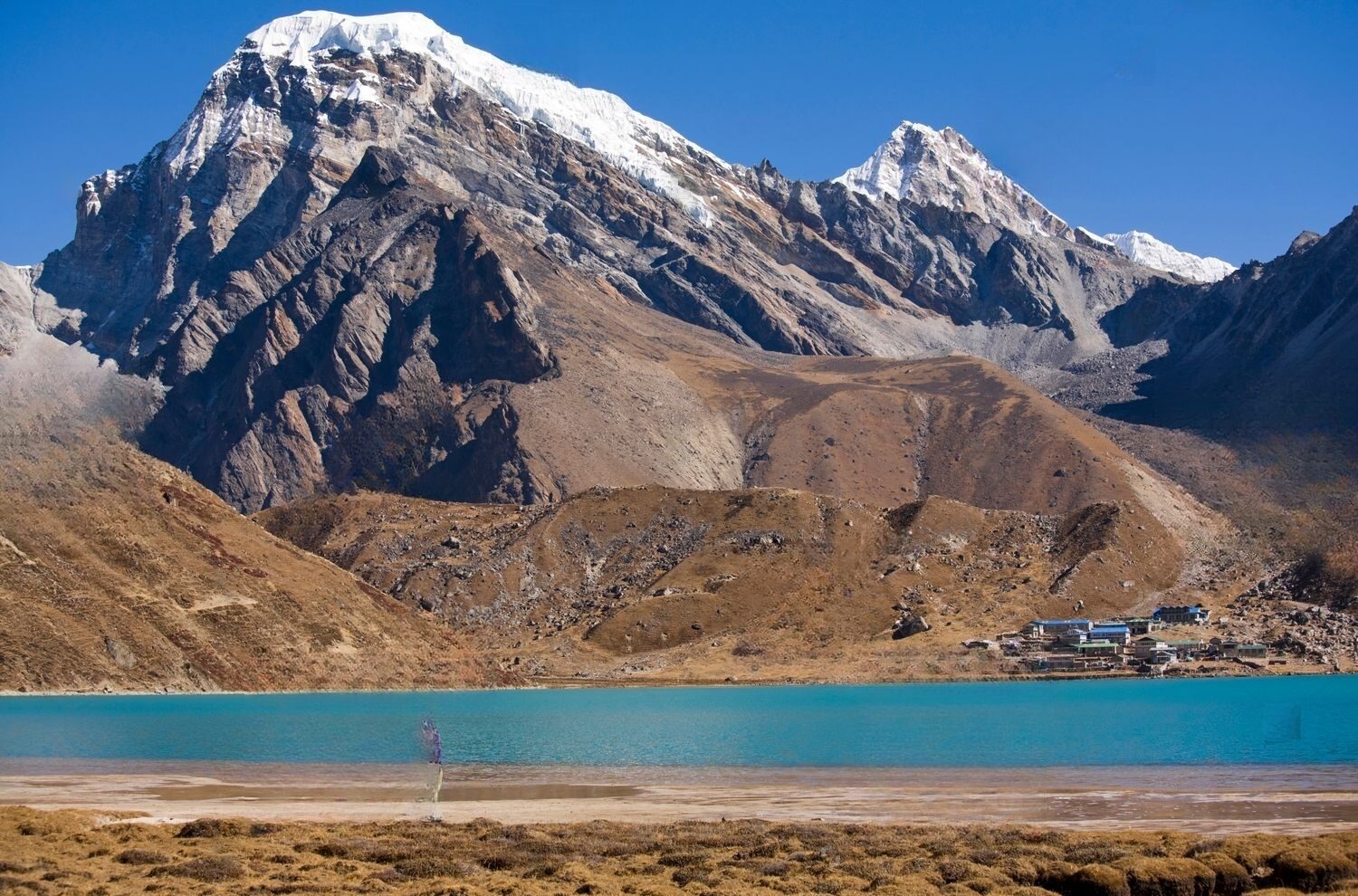
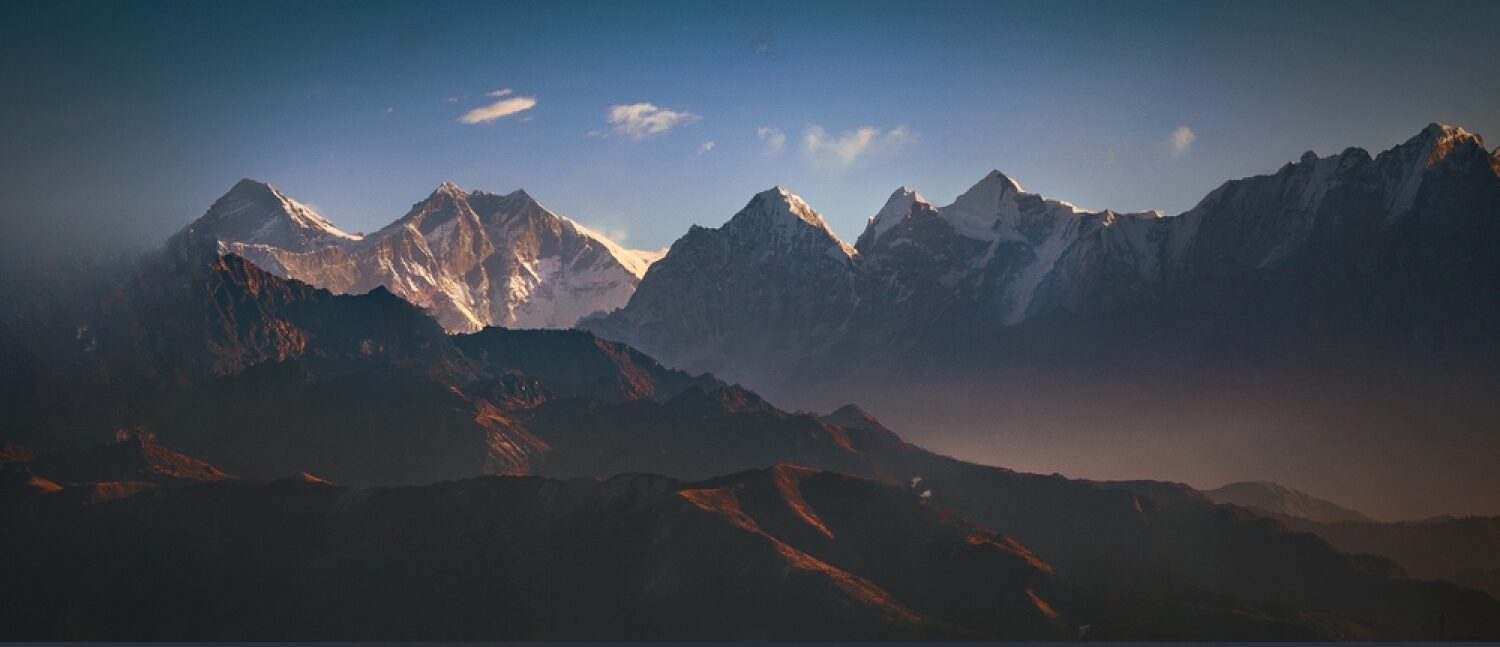
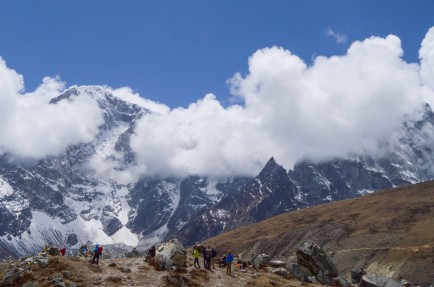
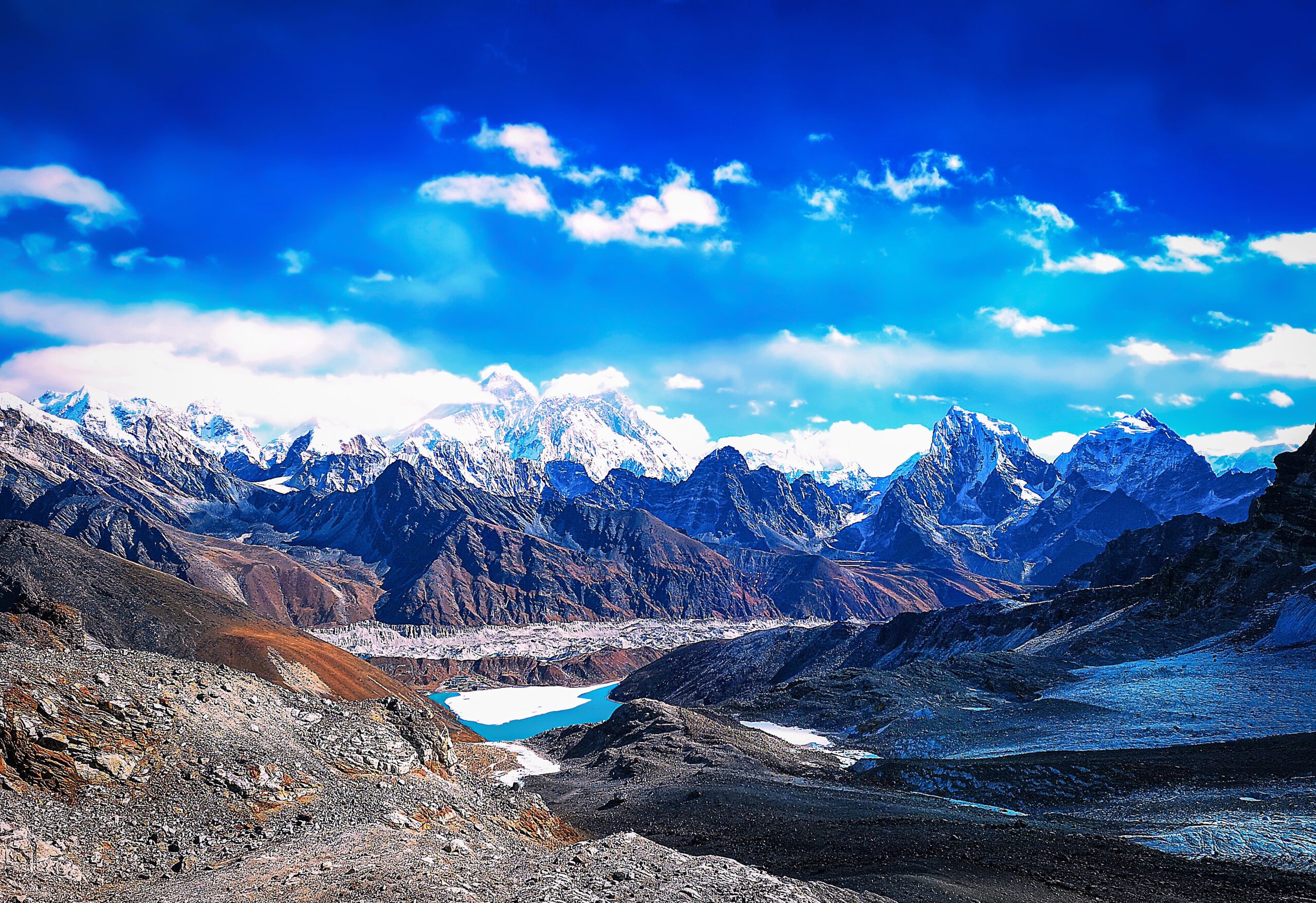
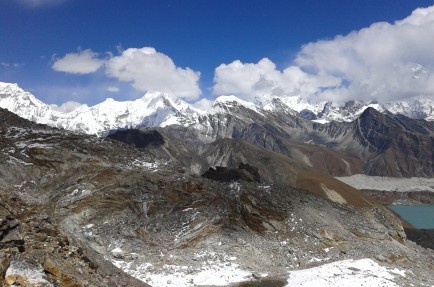
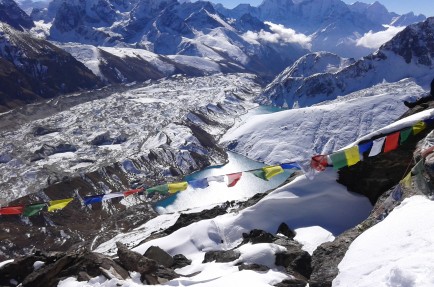
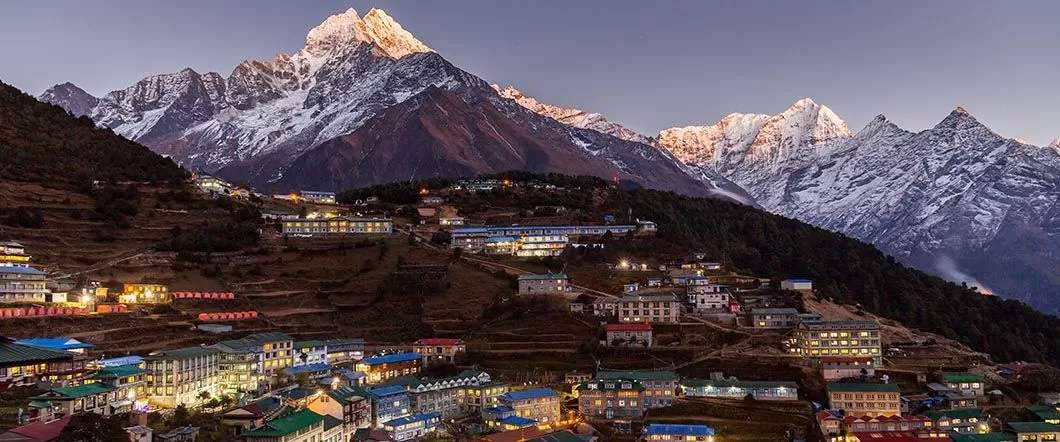
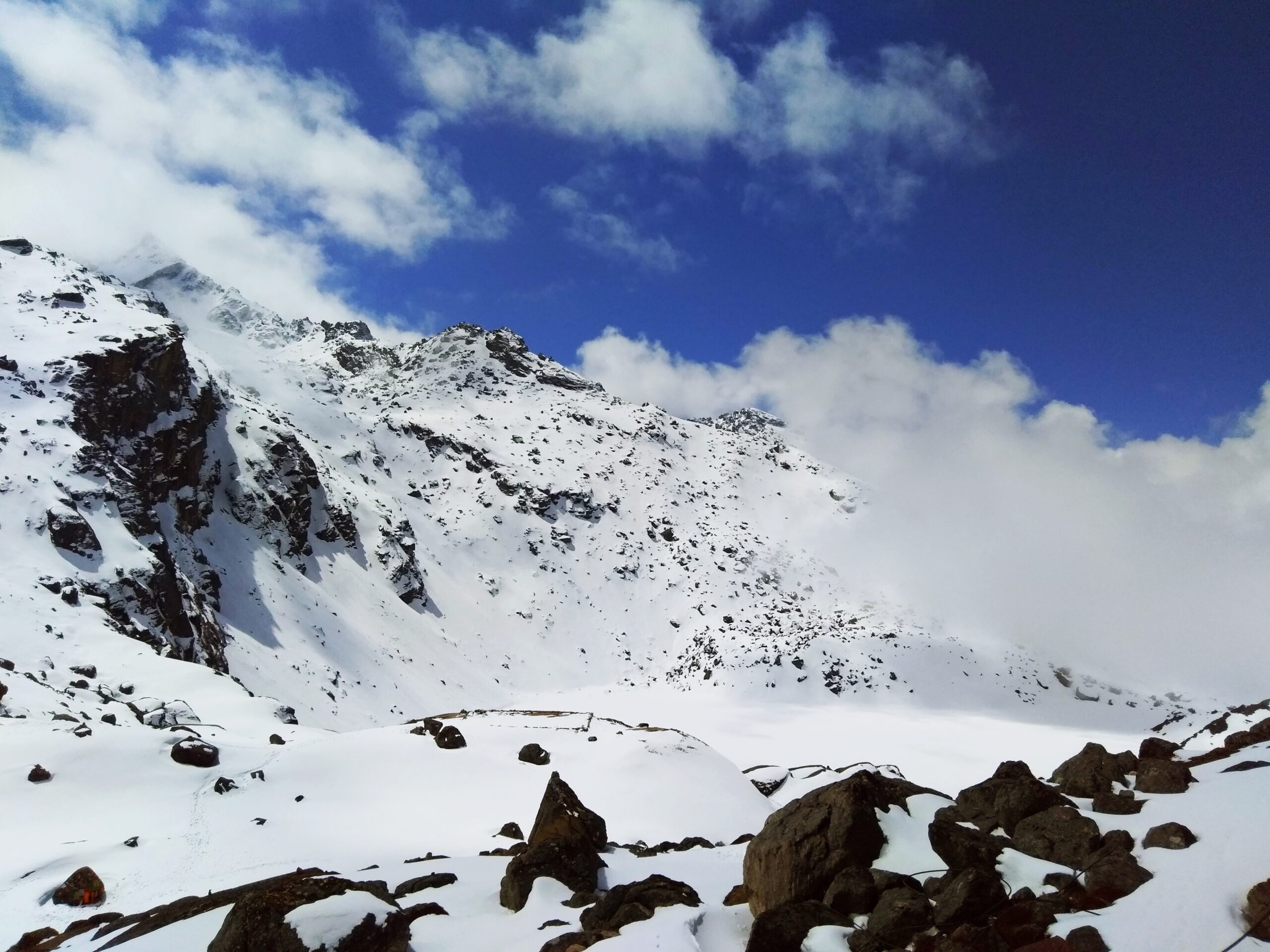
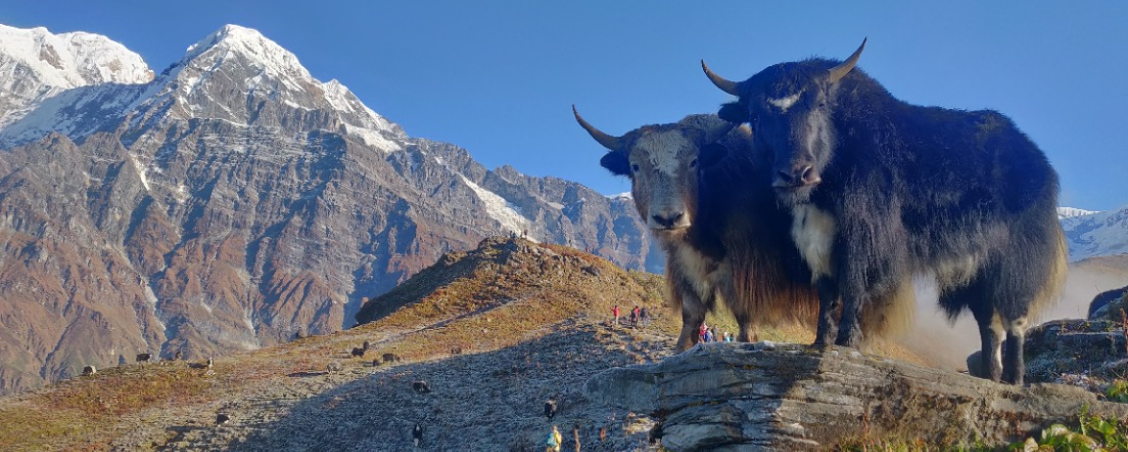
Jessica L.
AustraliaThe team at Himalayan Holidays Nepal made everything smooth from start to finish. Our guide was experienced, encouraging, and super friendly – I felt safe the whole way up. Reaching the summit of Pis
Jake M.
United StatesI’ve done several treks in Nepal, but the Pisang Peak climb stands out. The company helped with its great logistics, well-paced itinerary, and the views from the summit were just insane. The climb was challenging but never overwhelming thanks to our supportive guide and crew. Would happily book with them again.